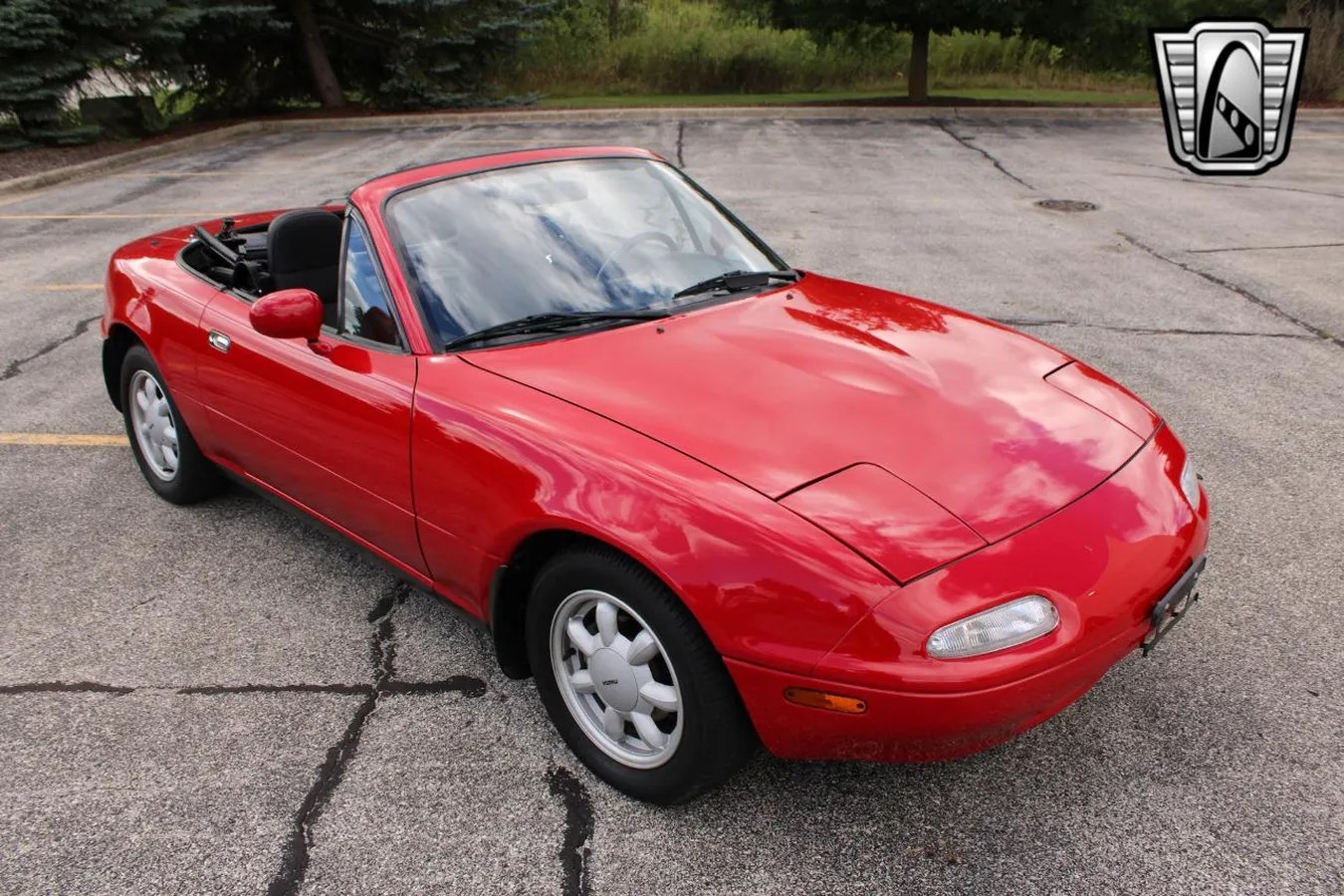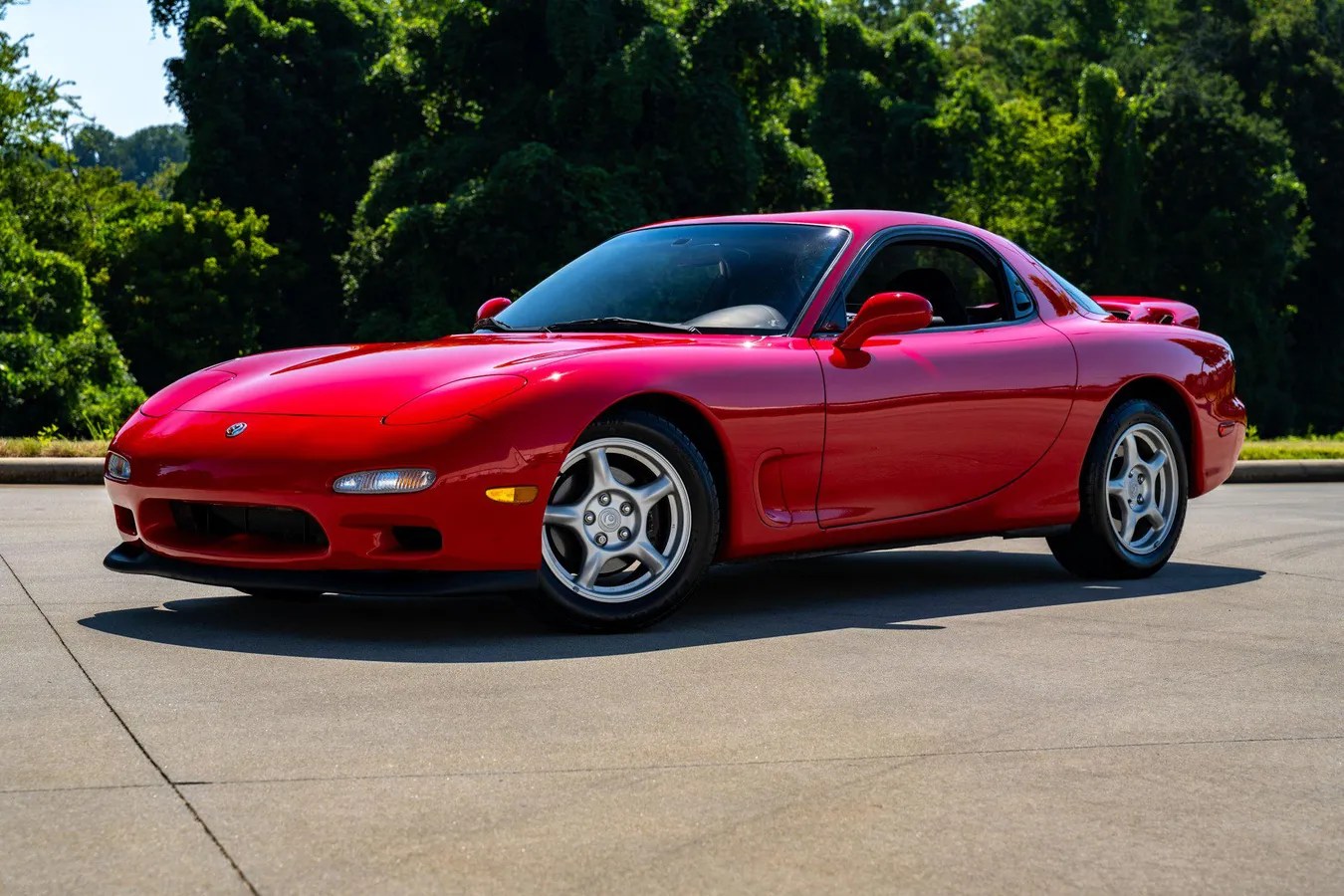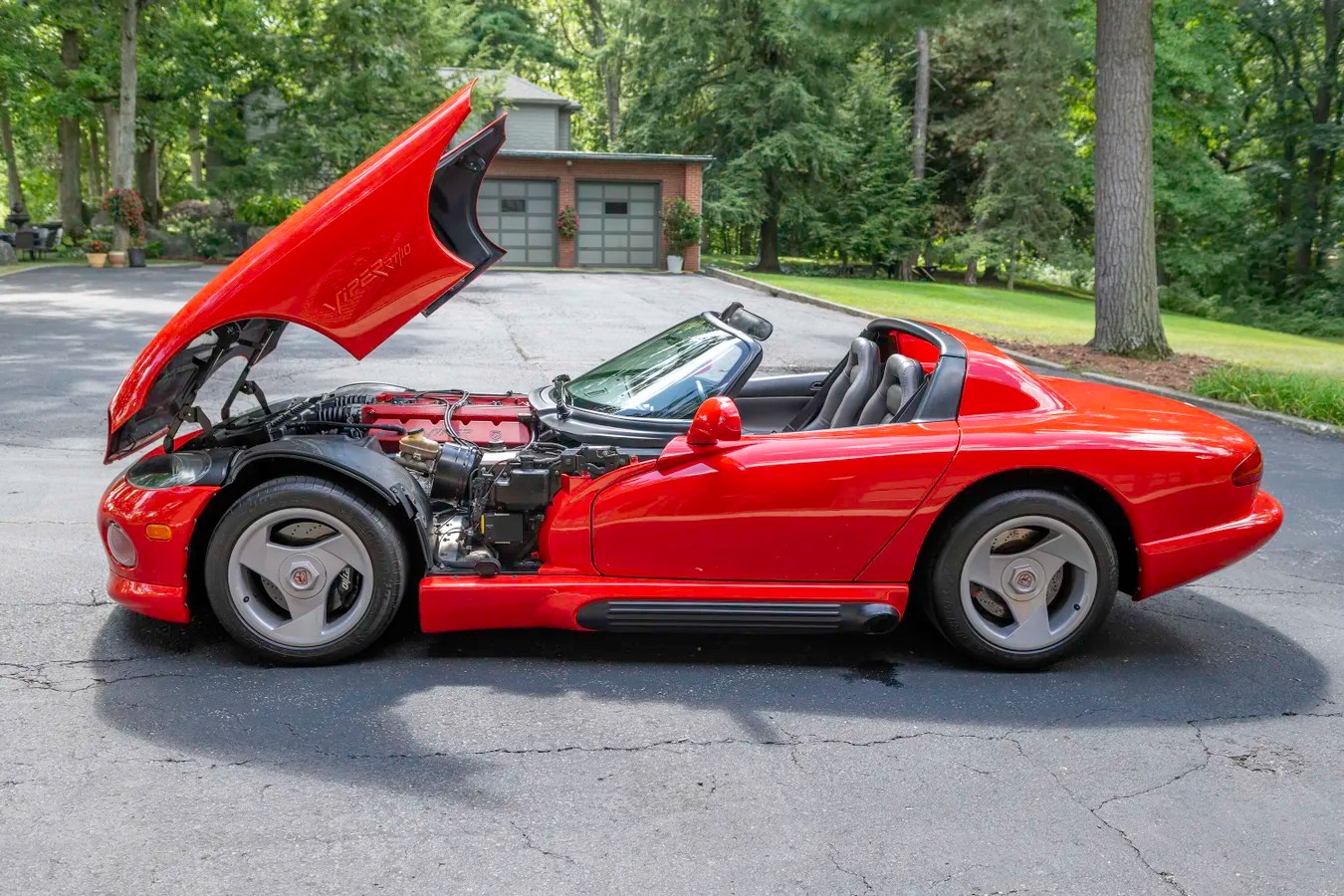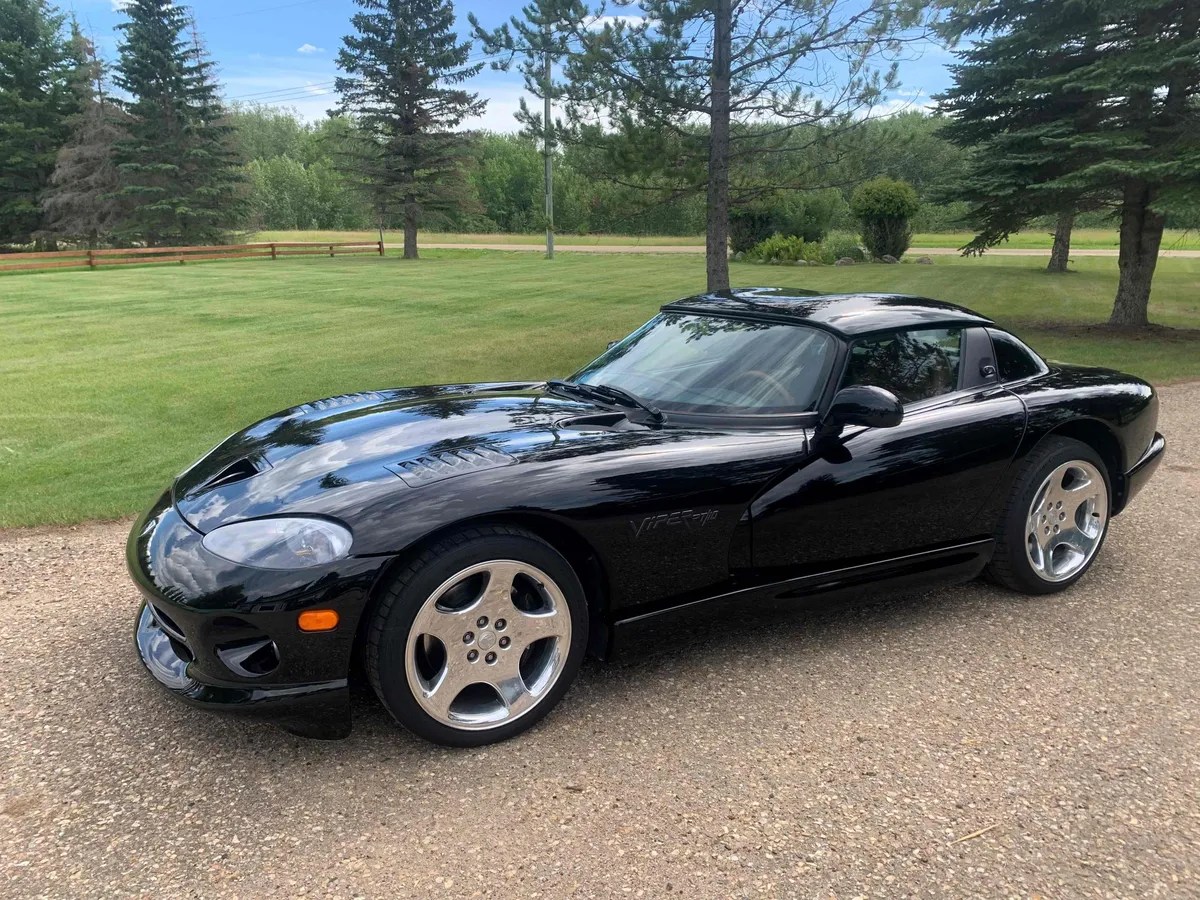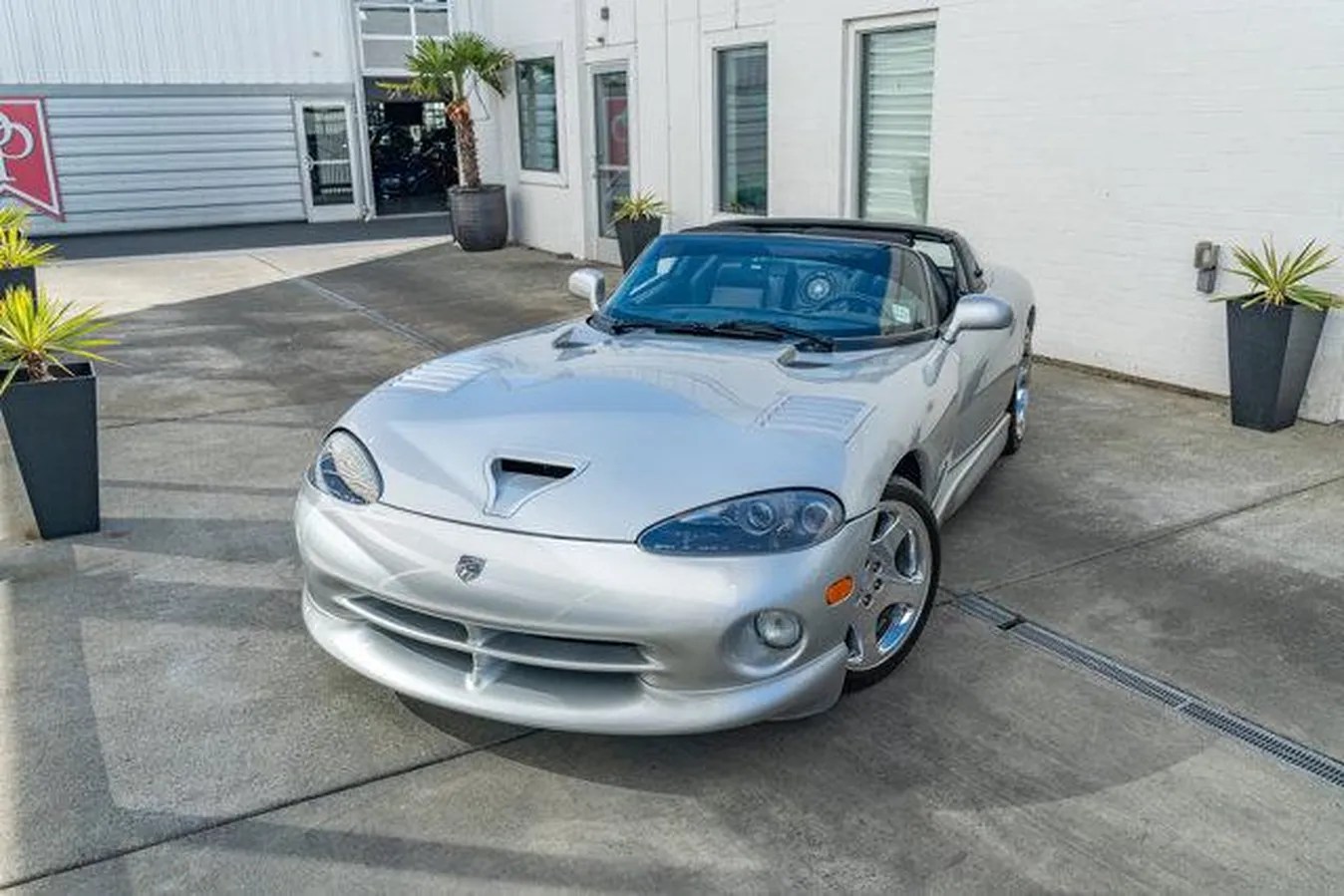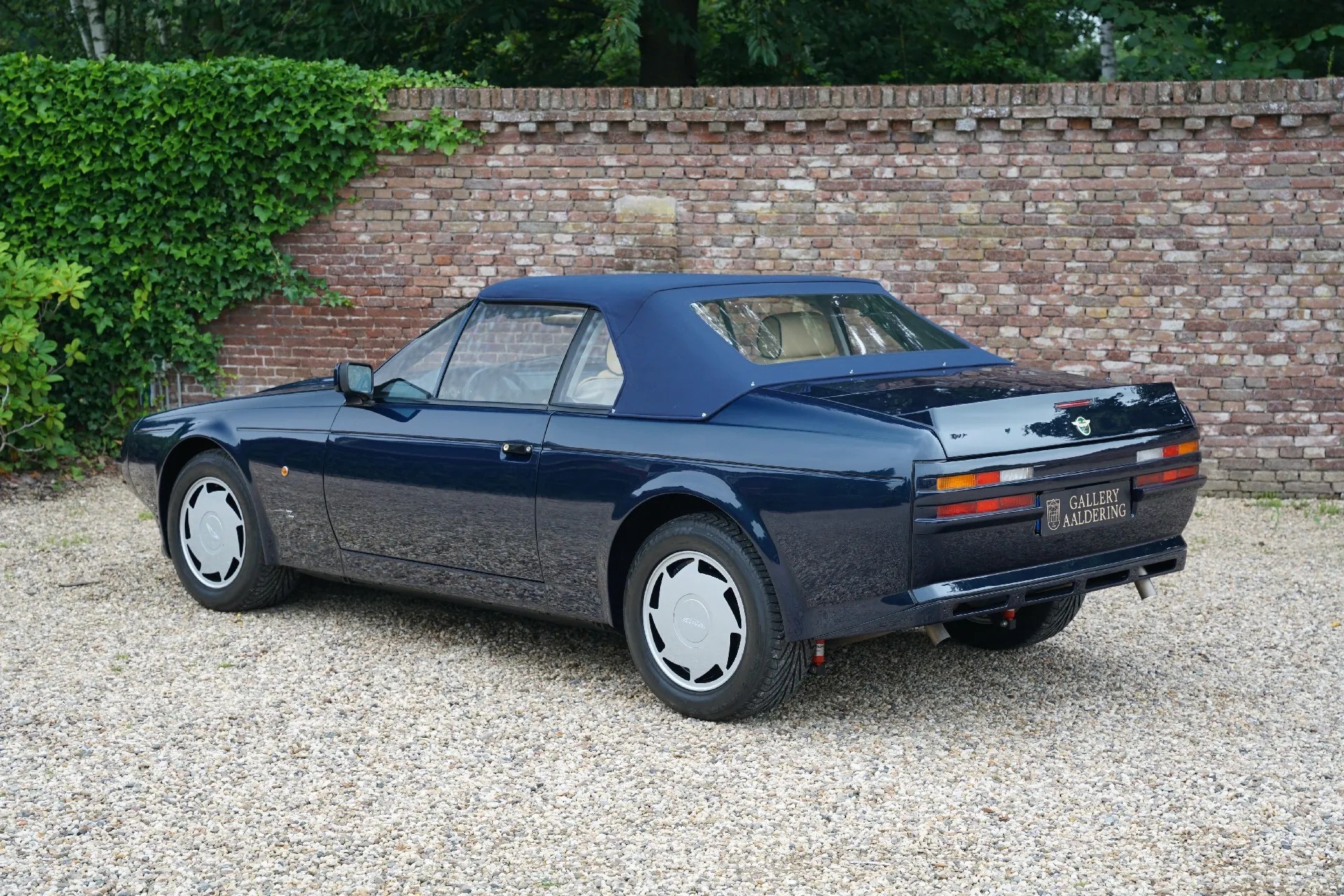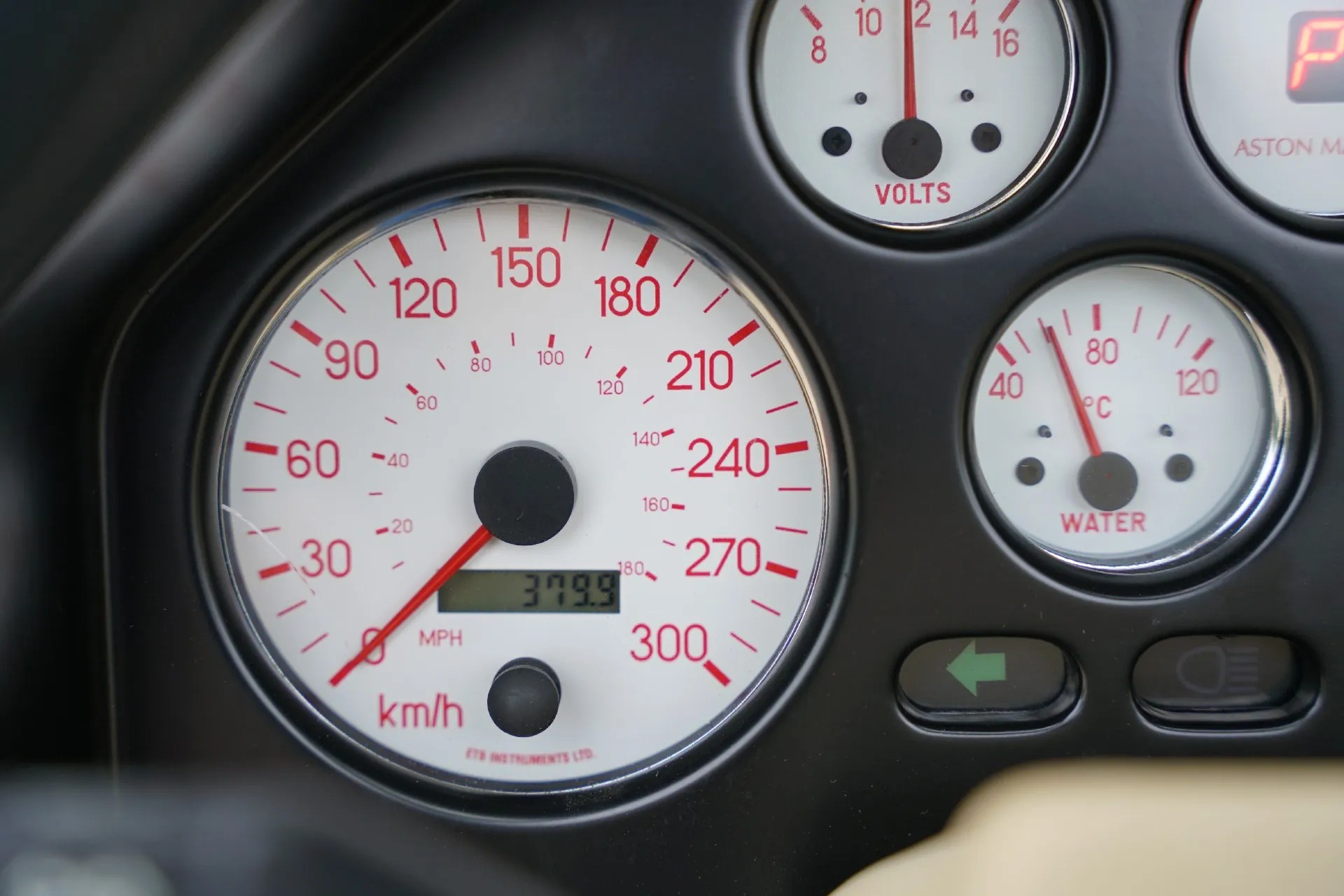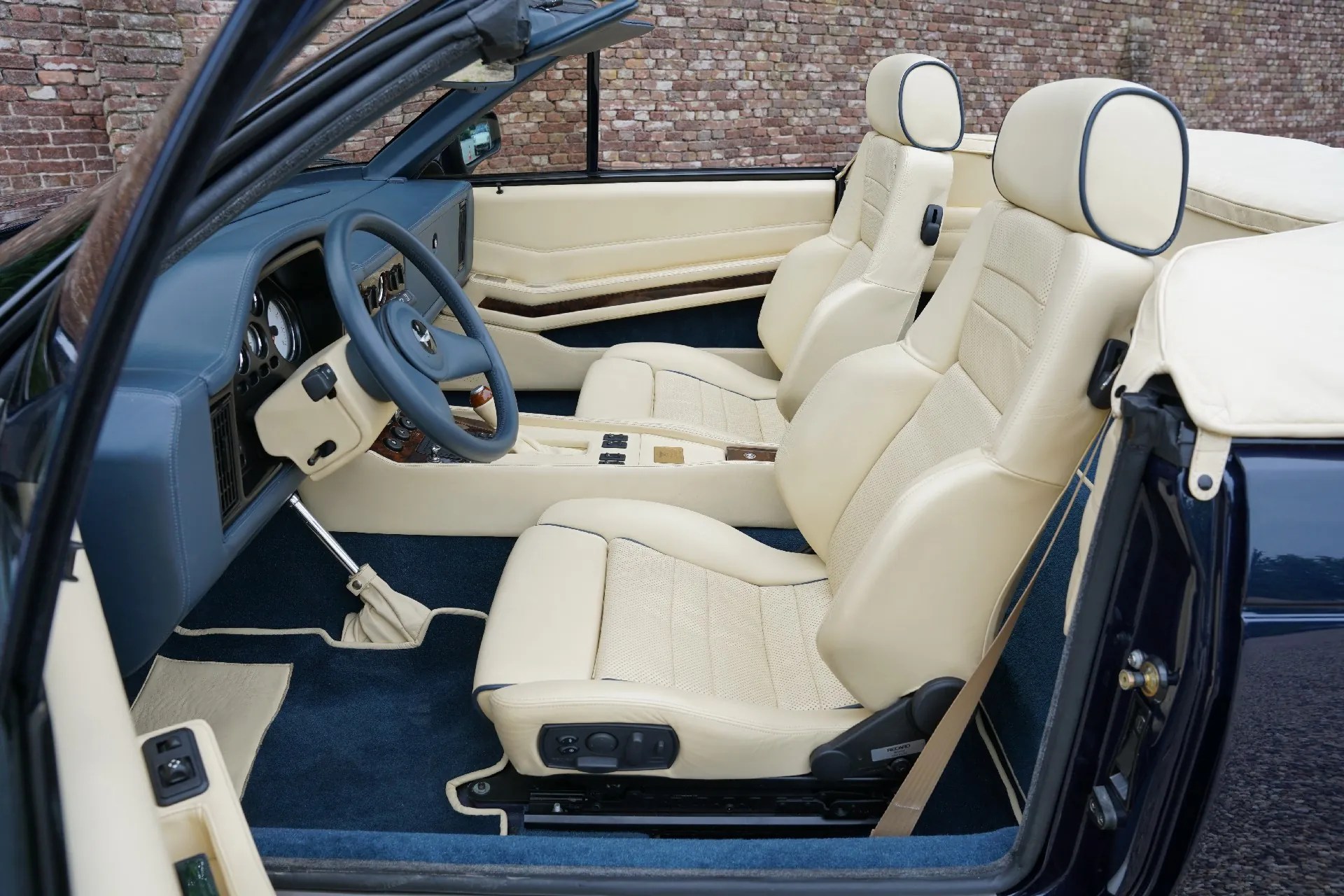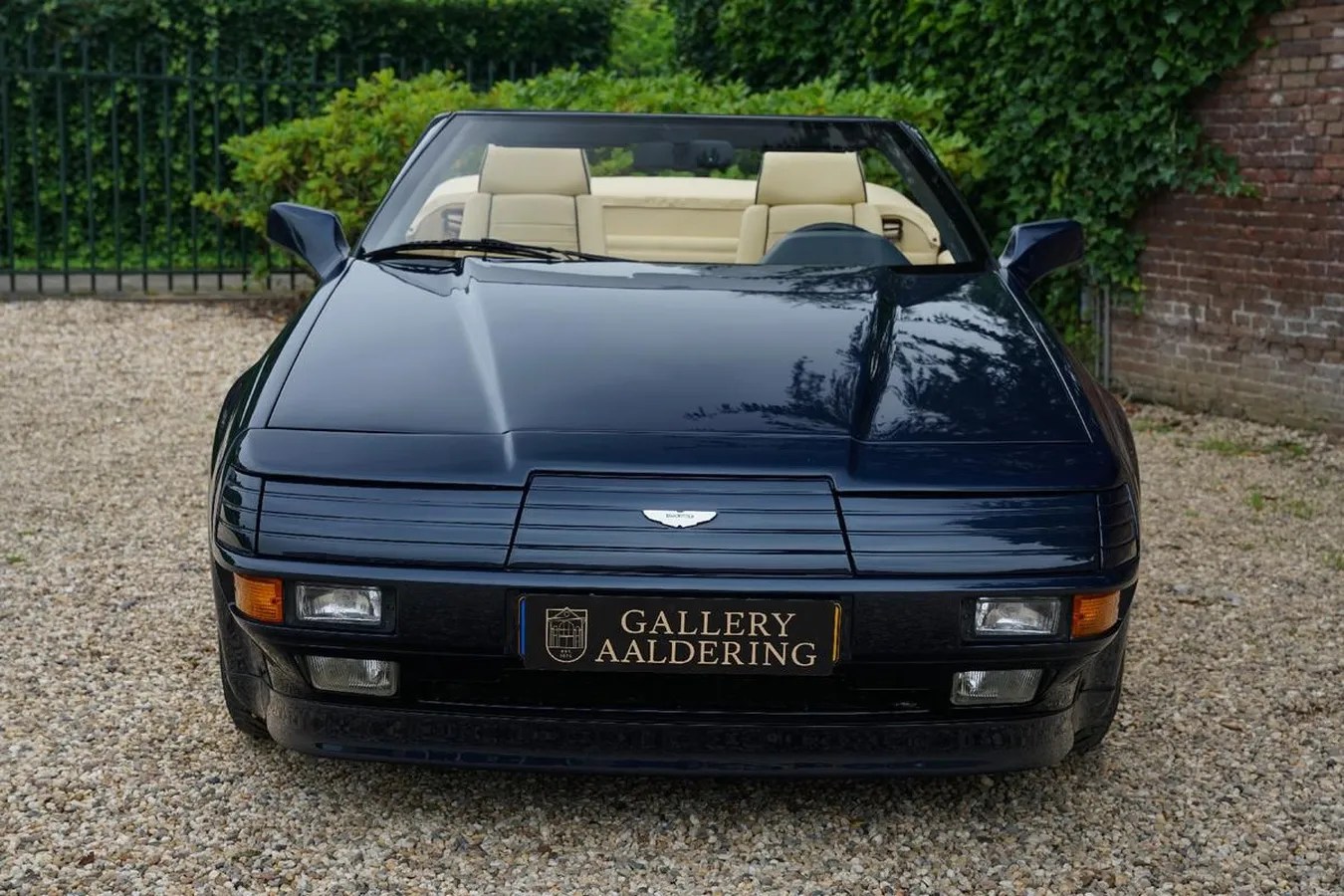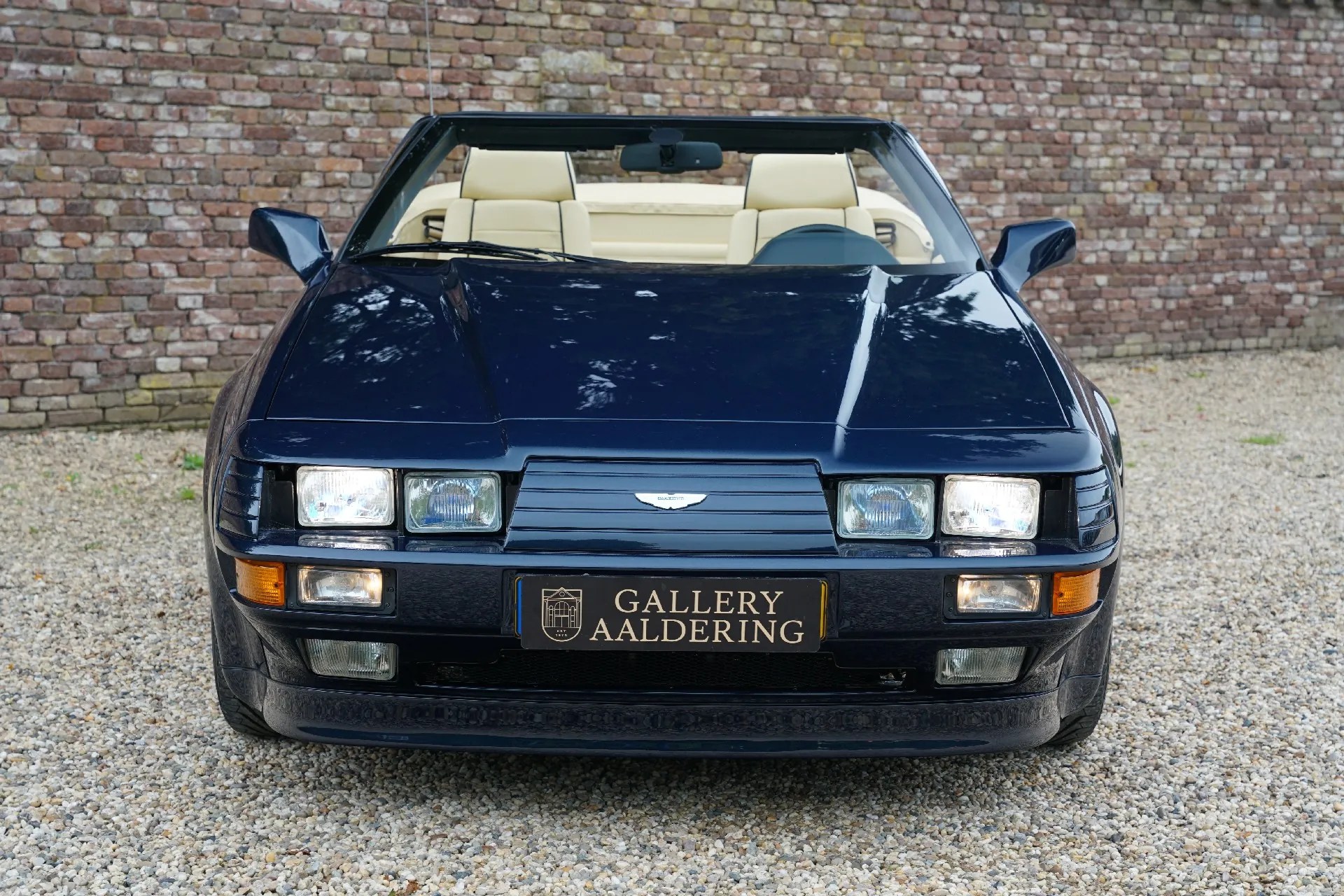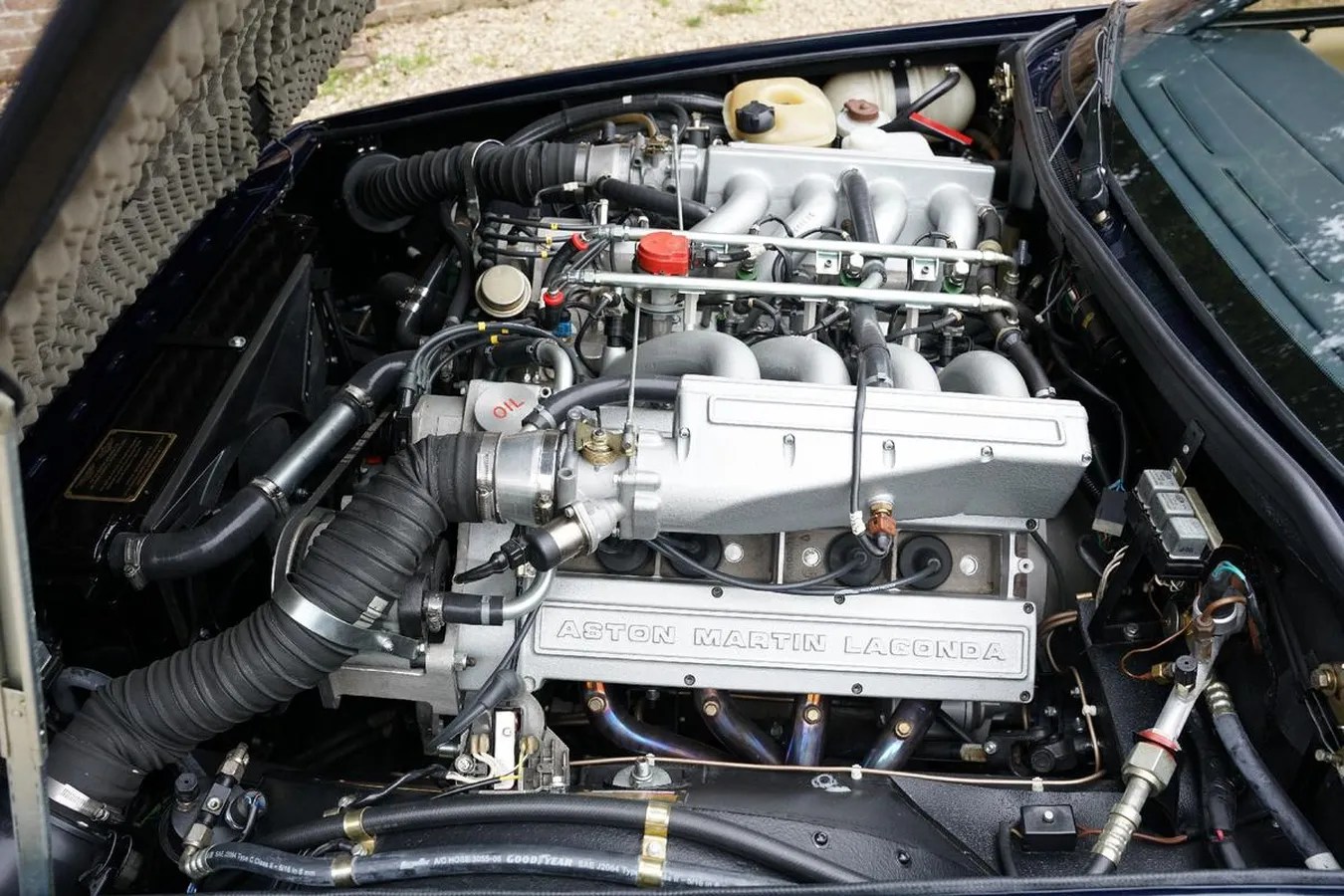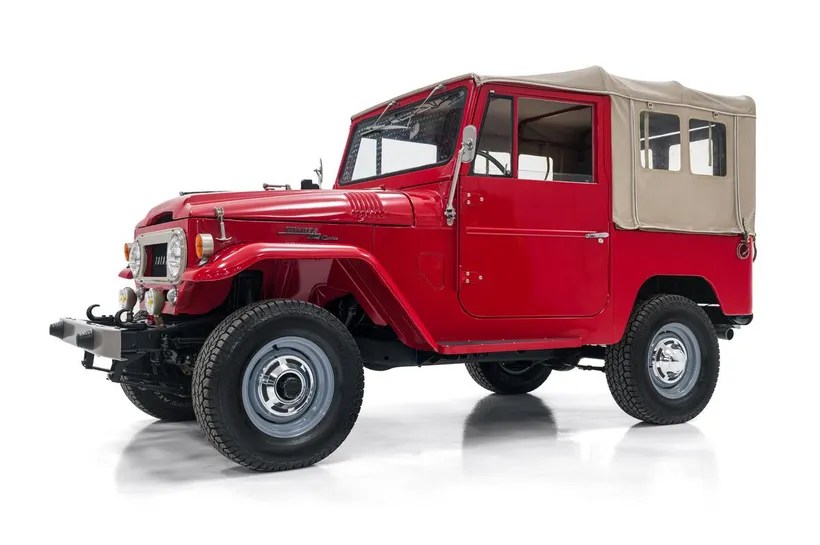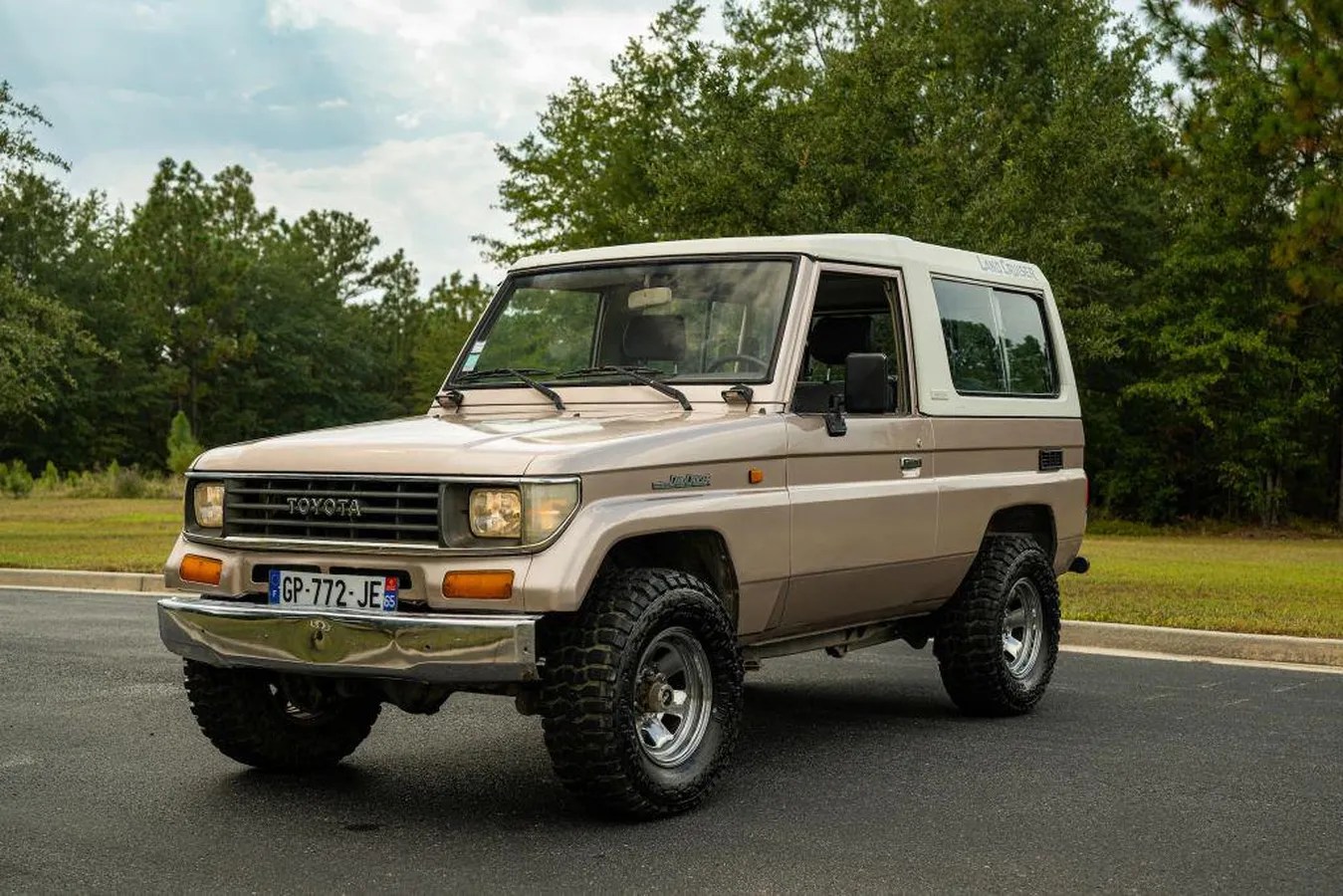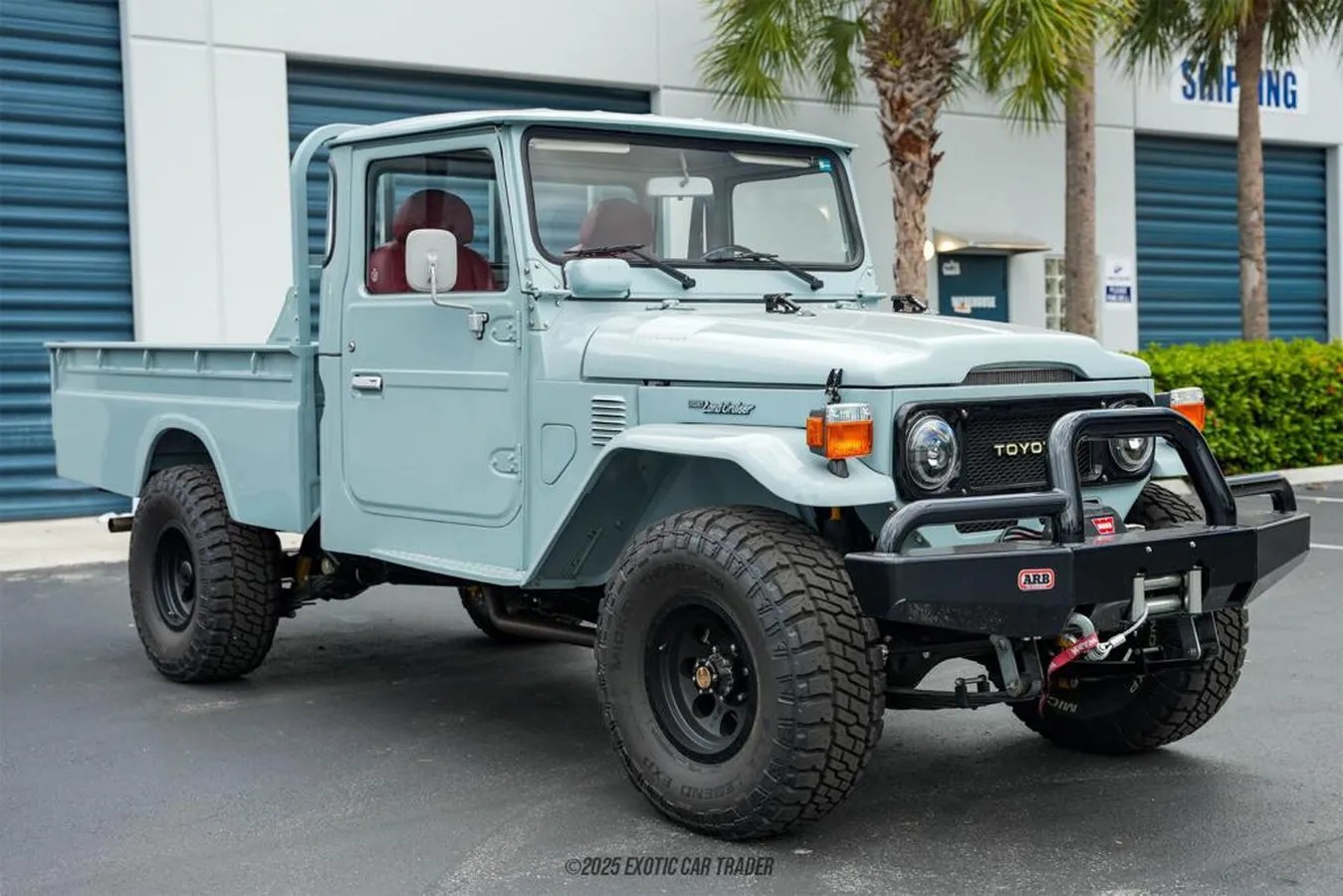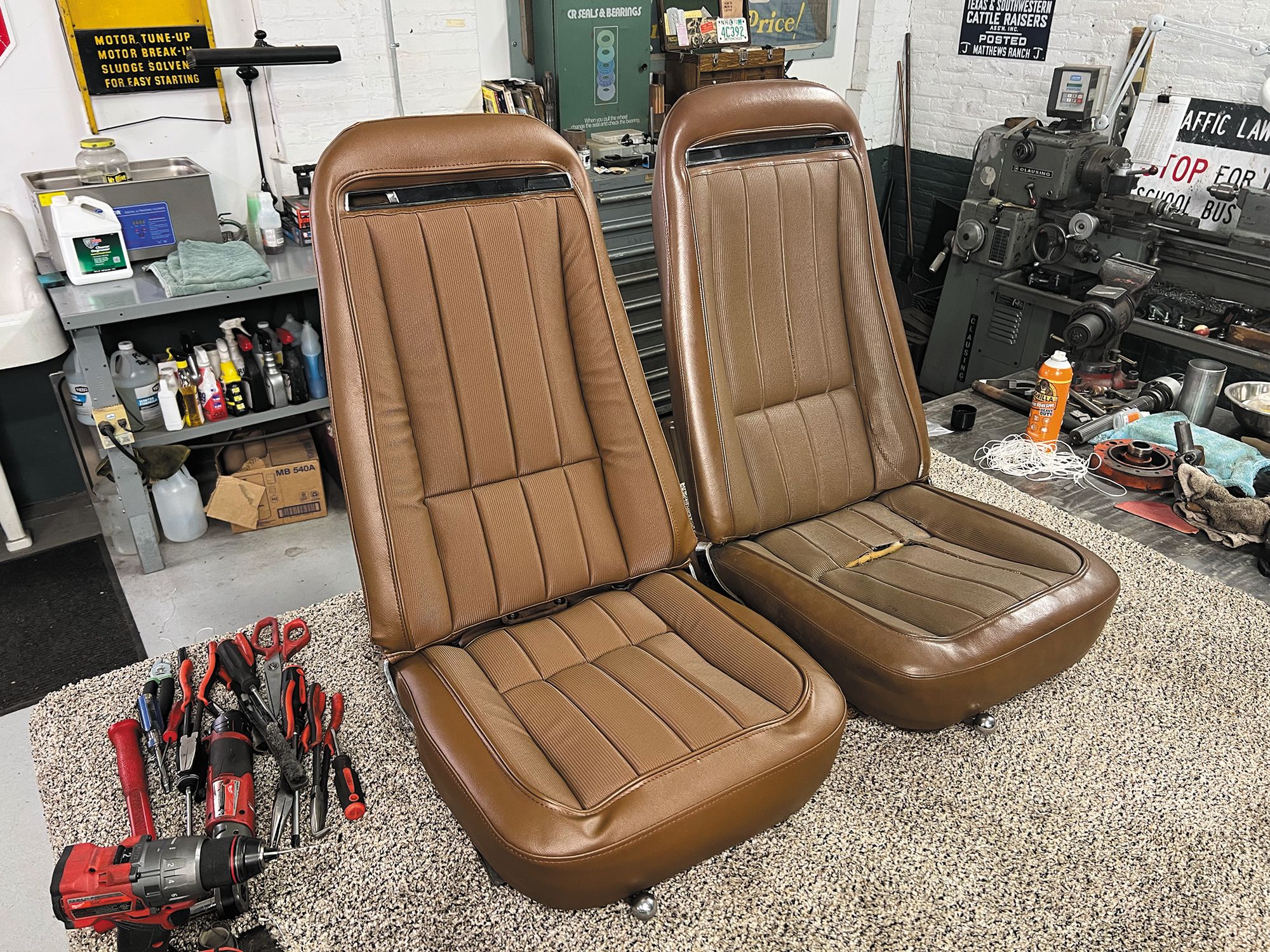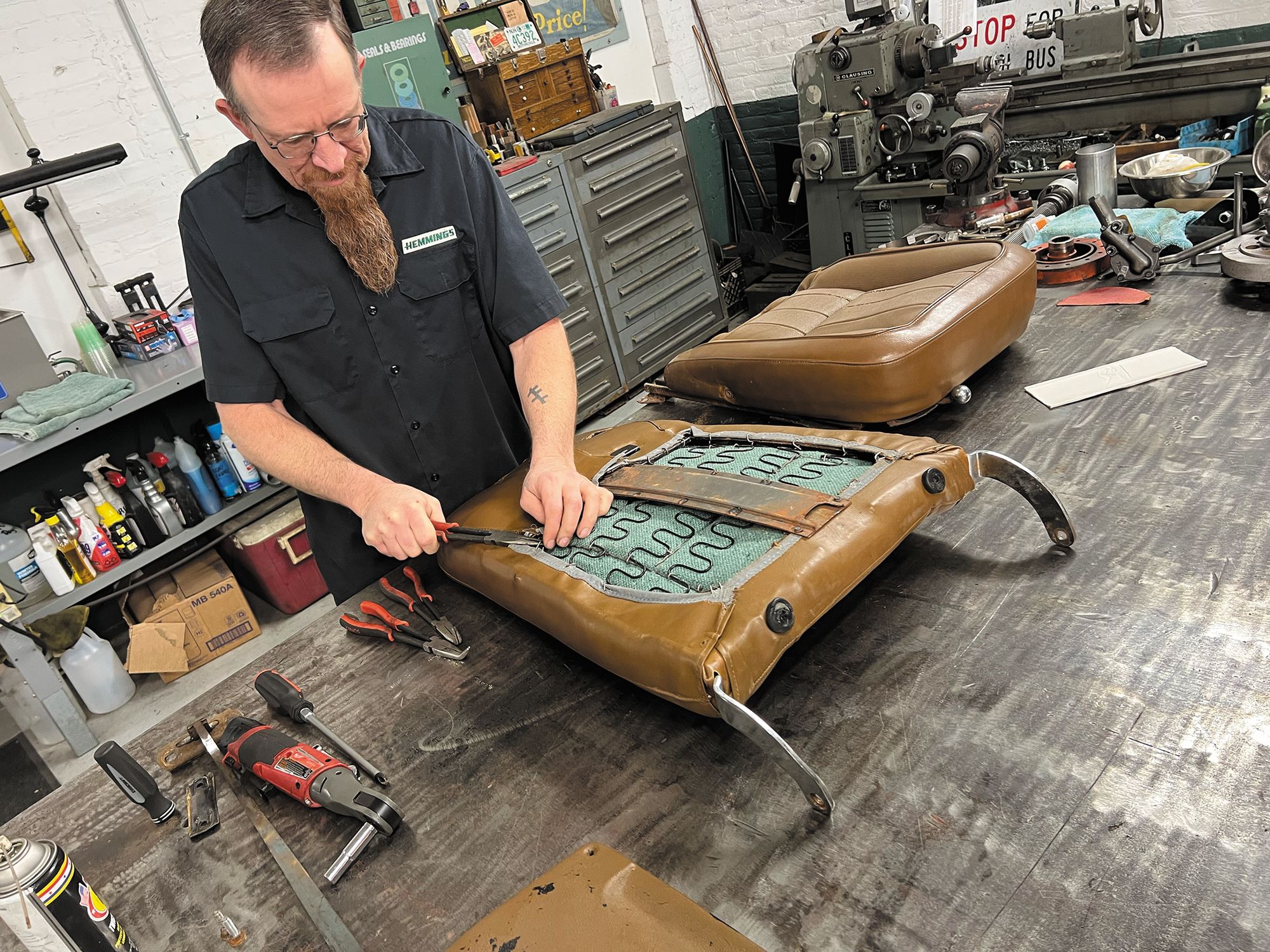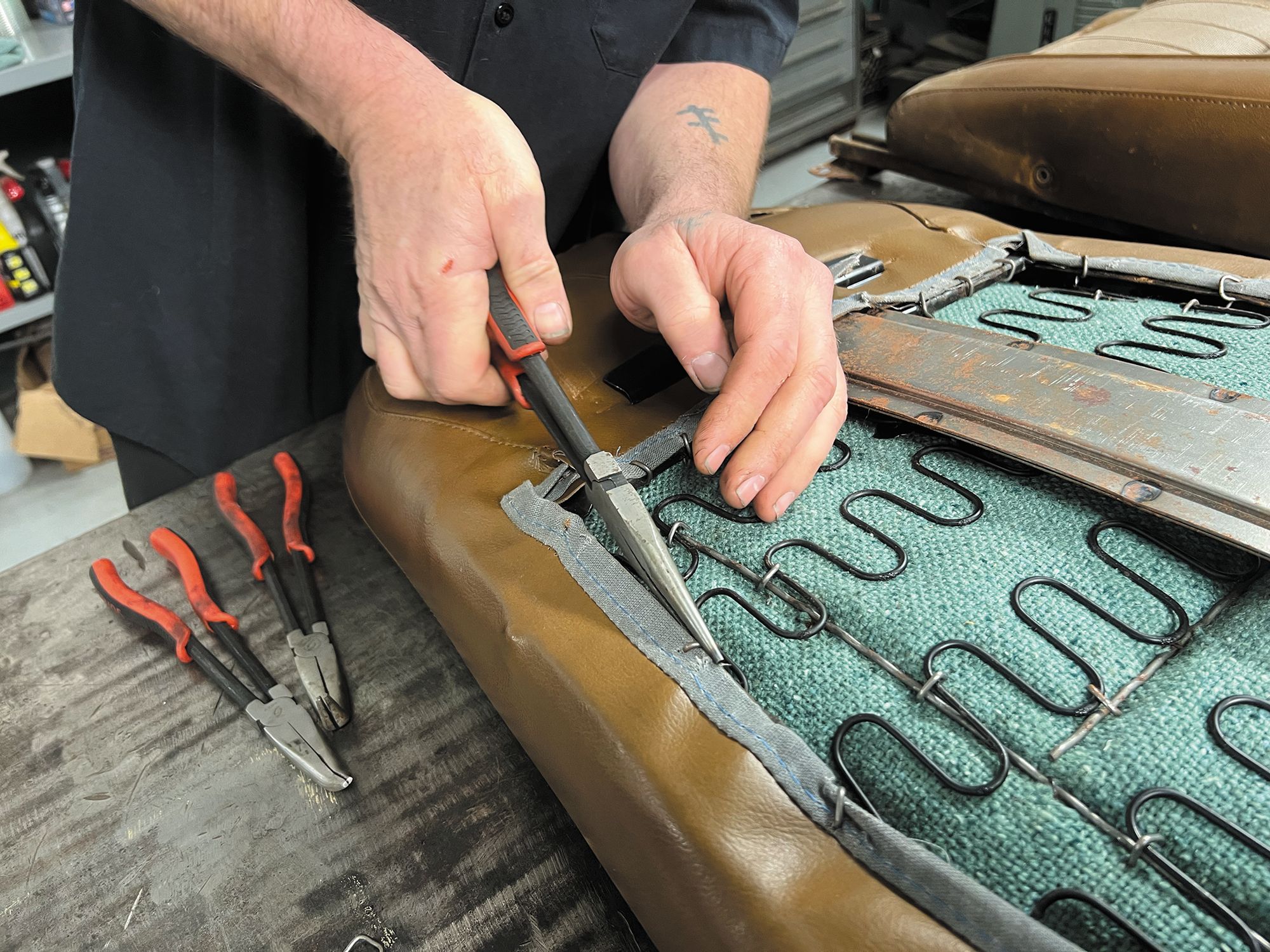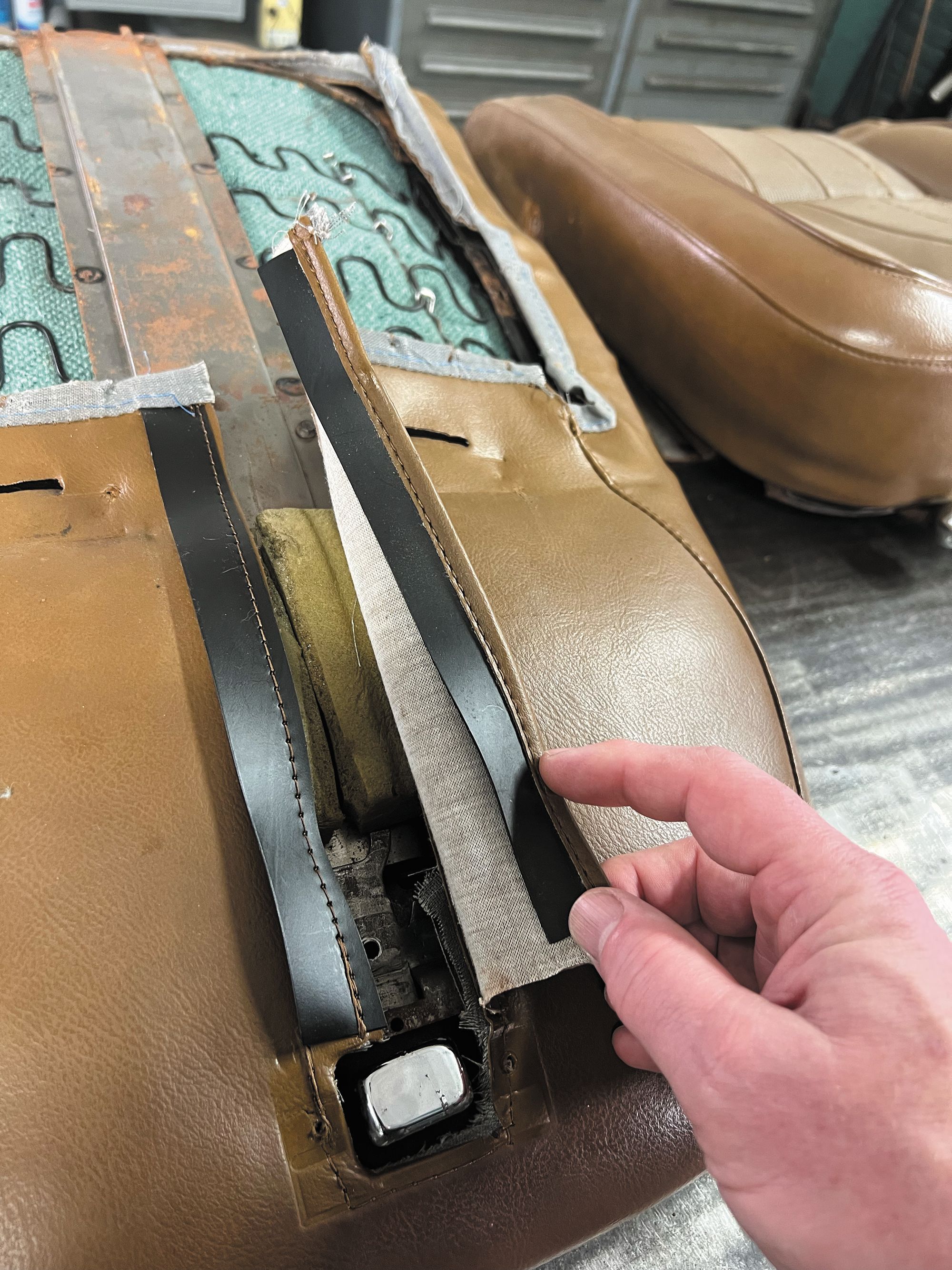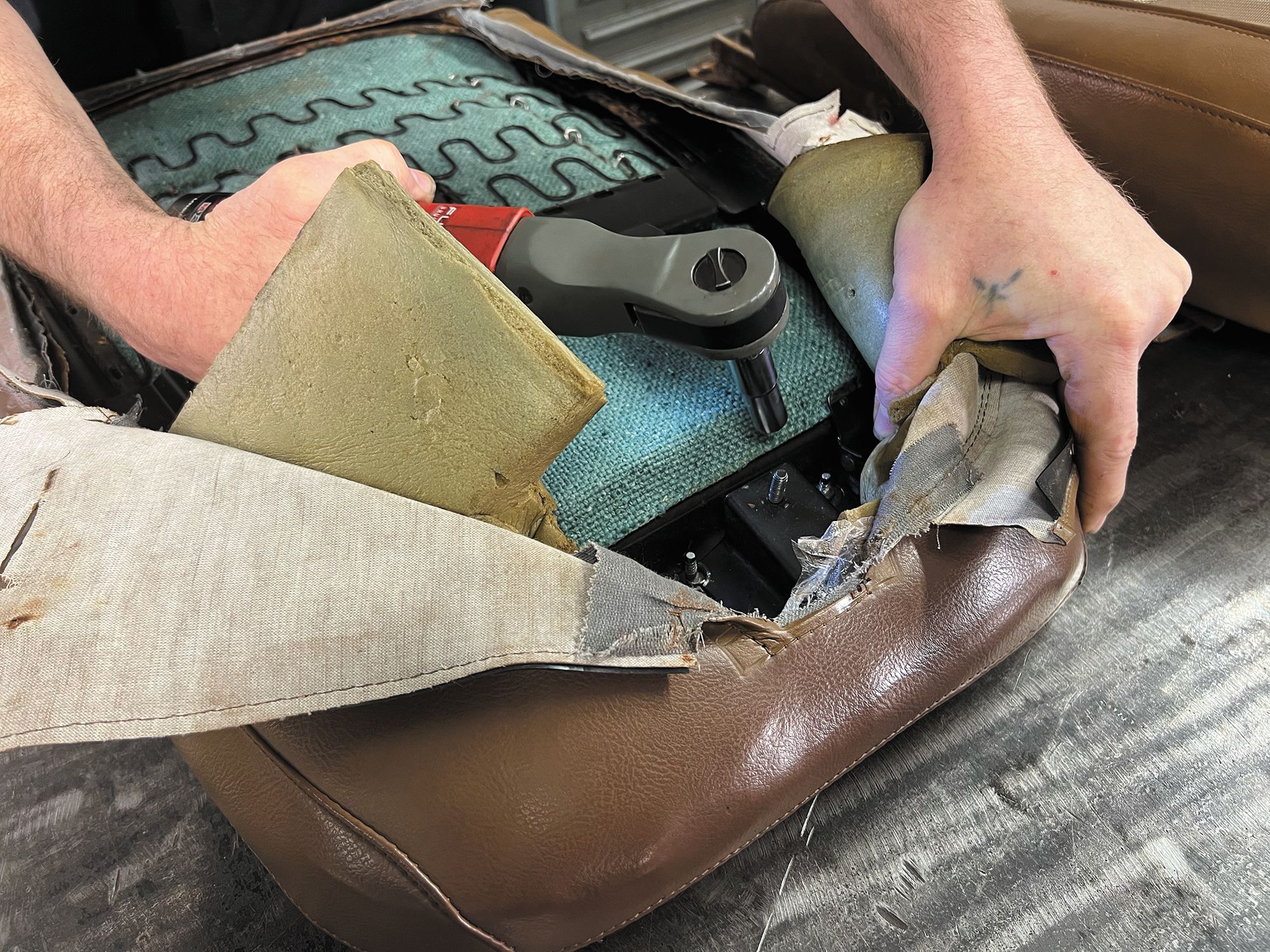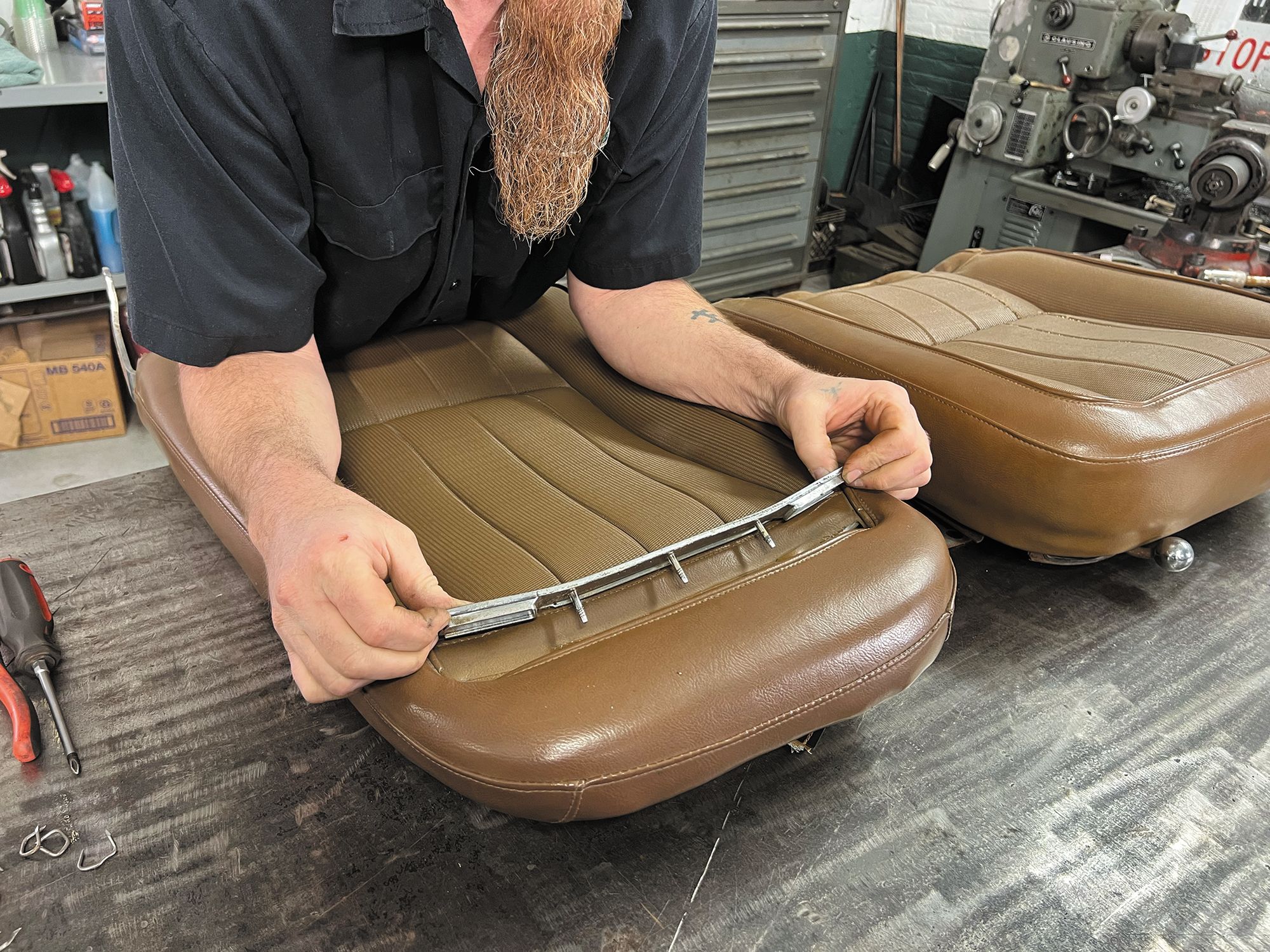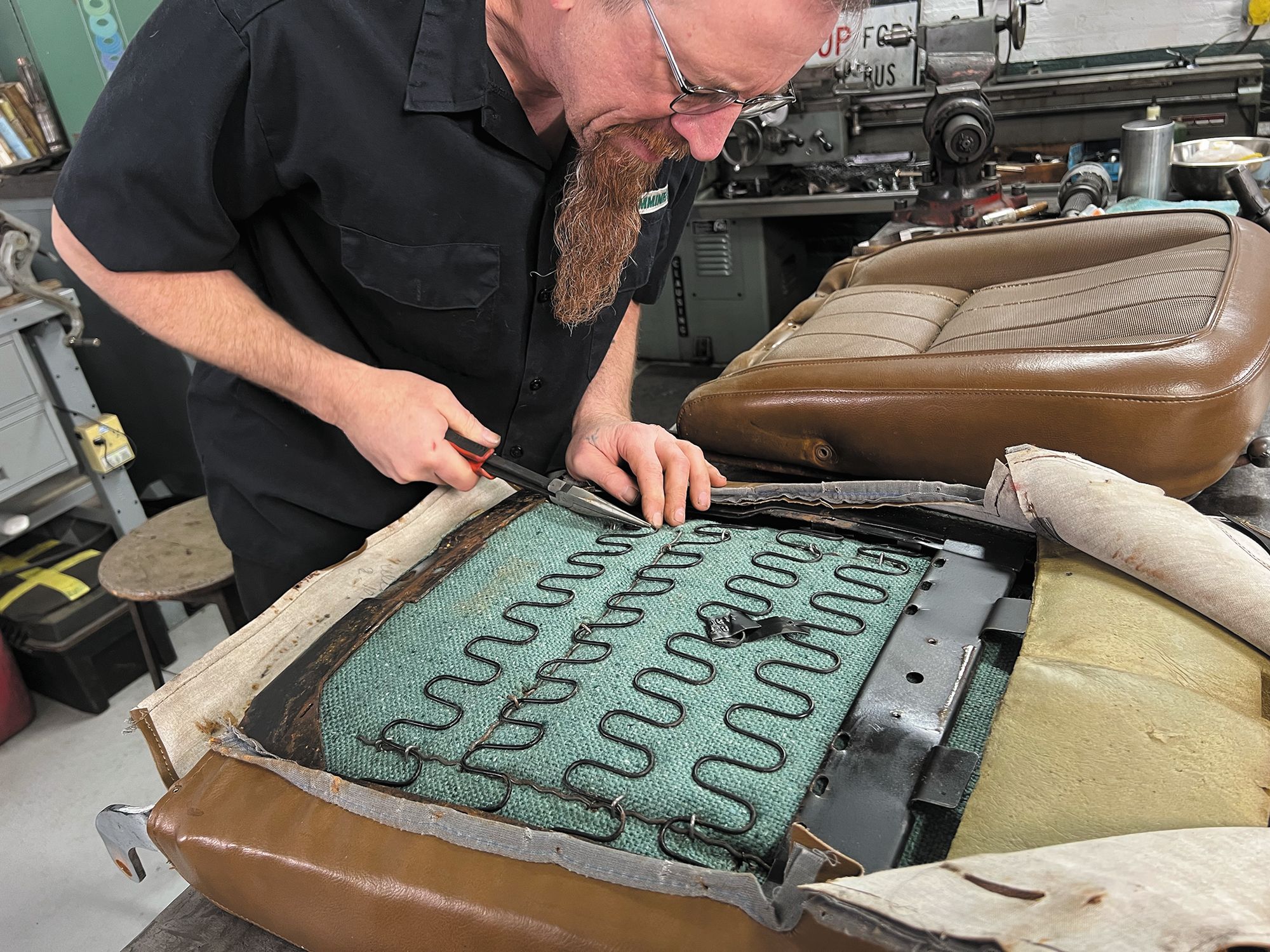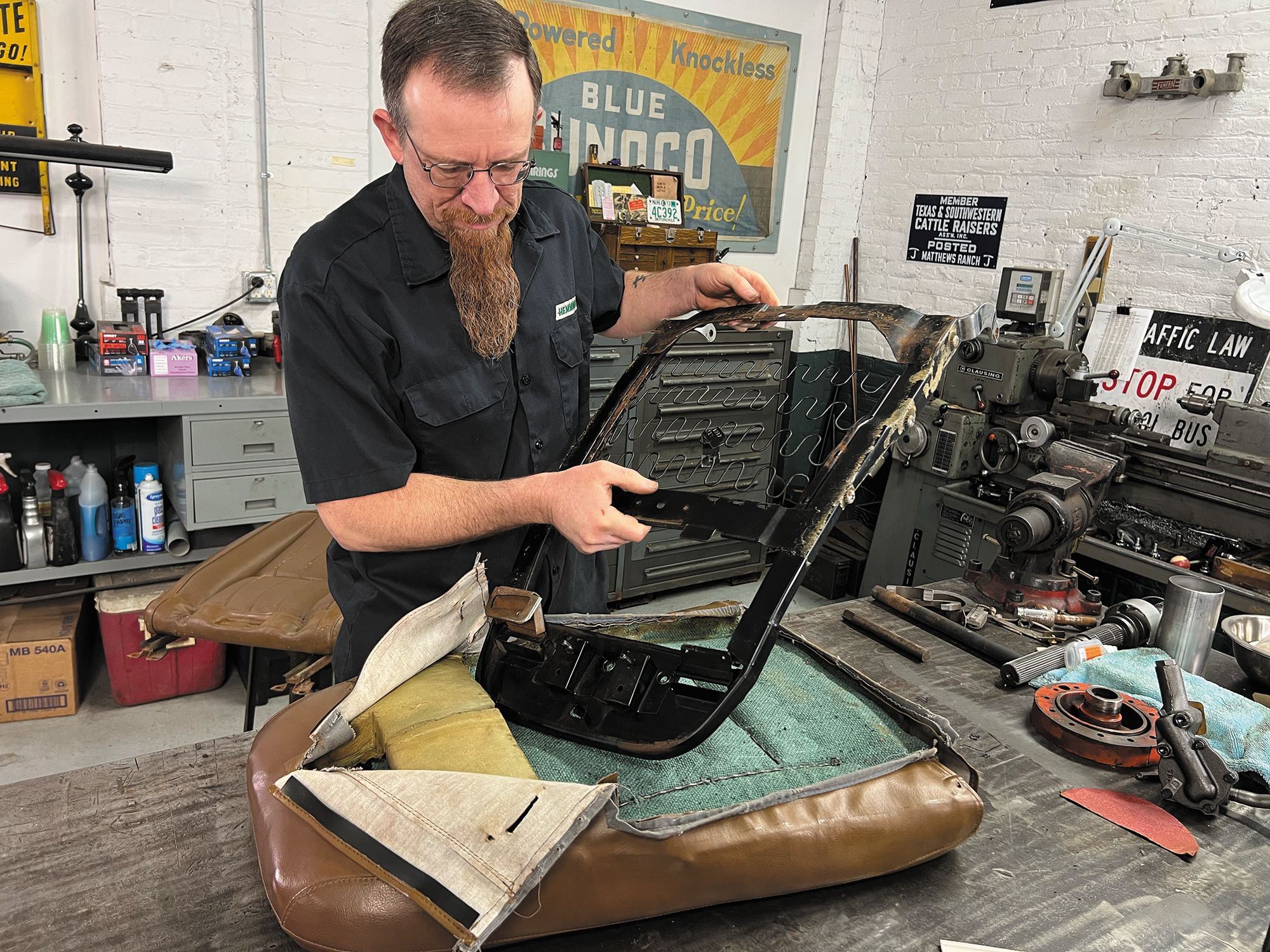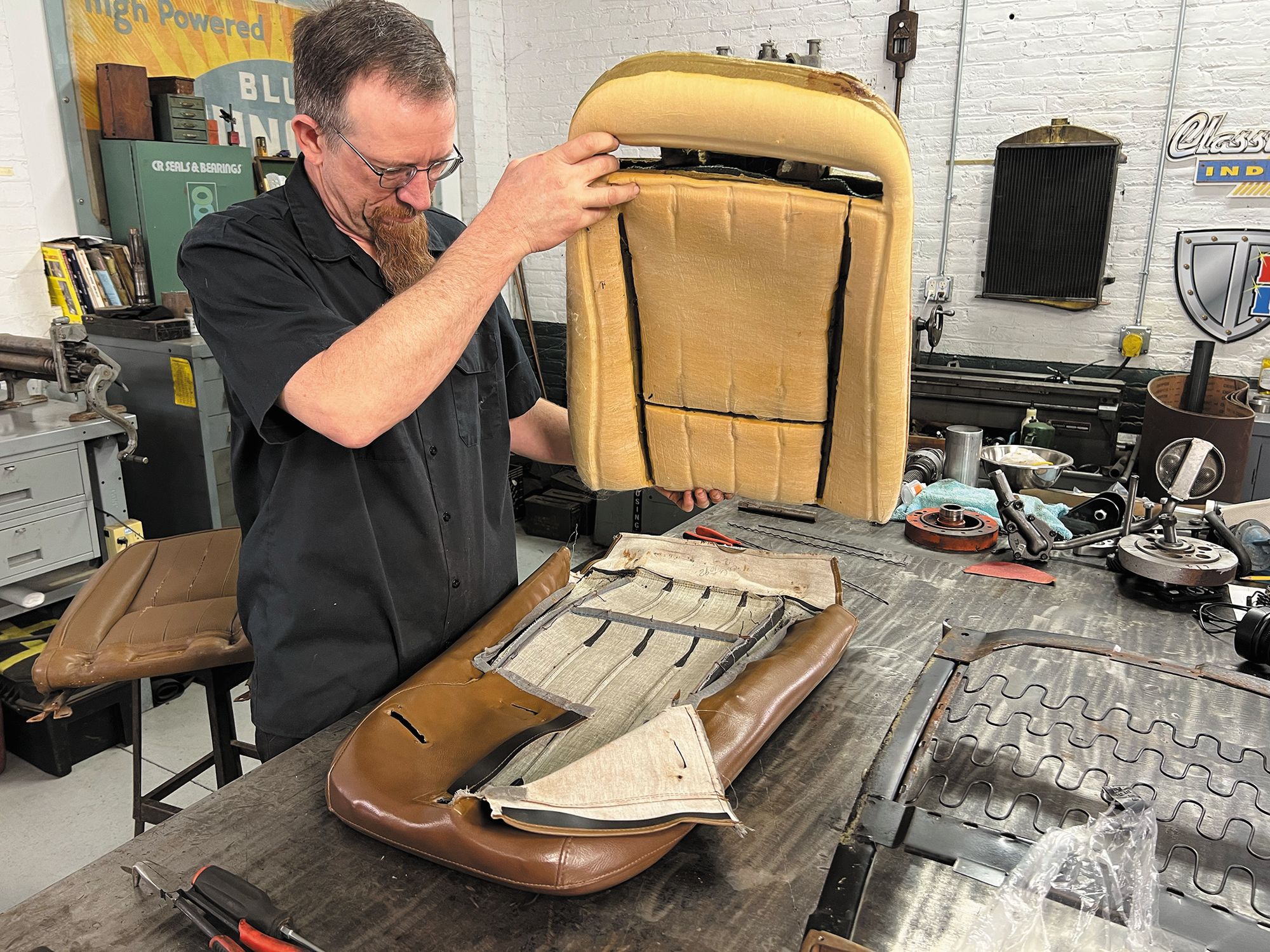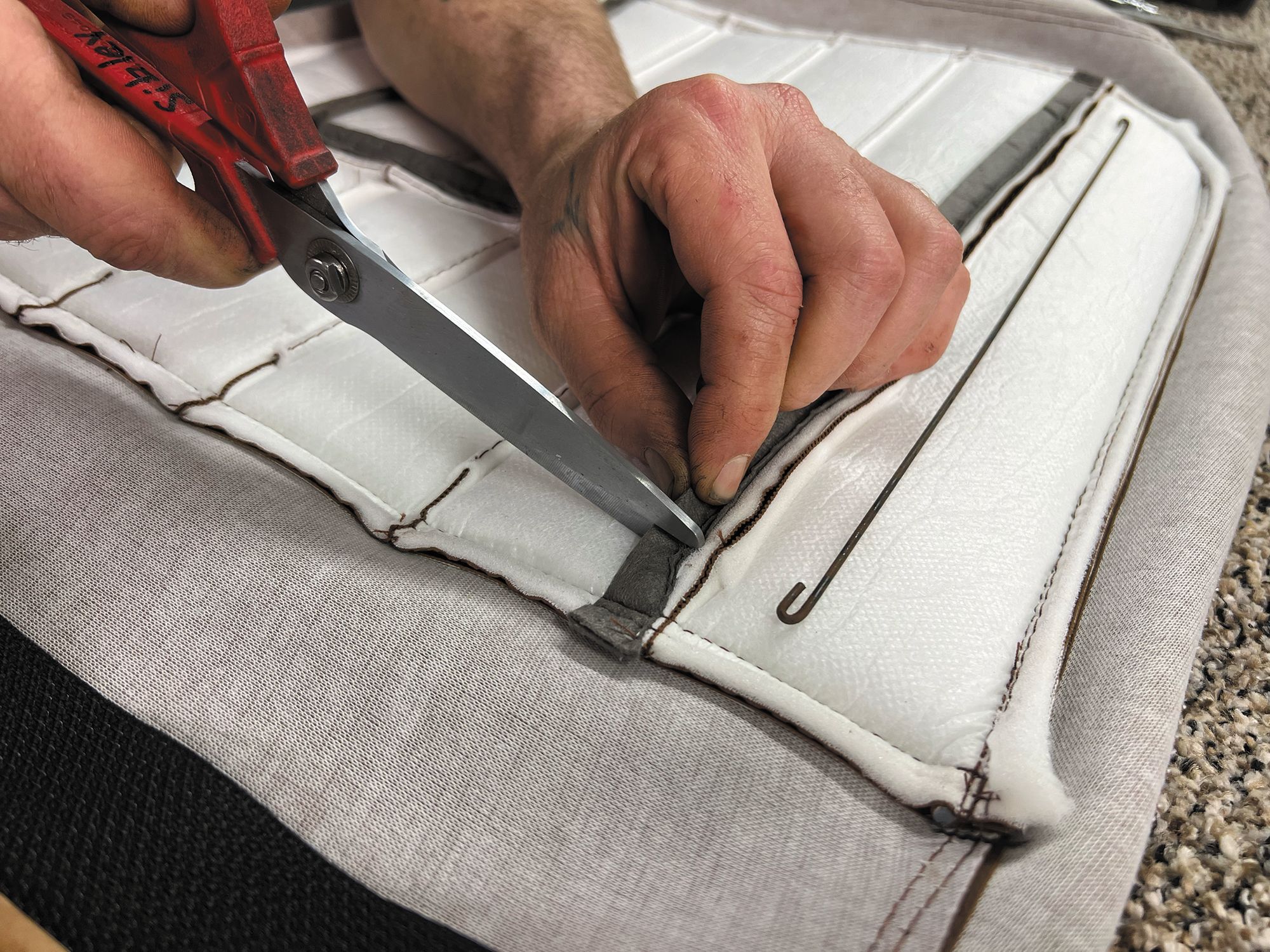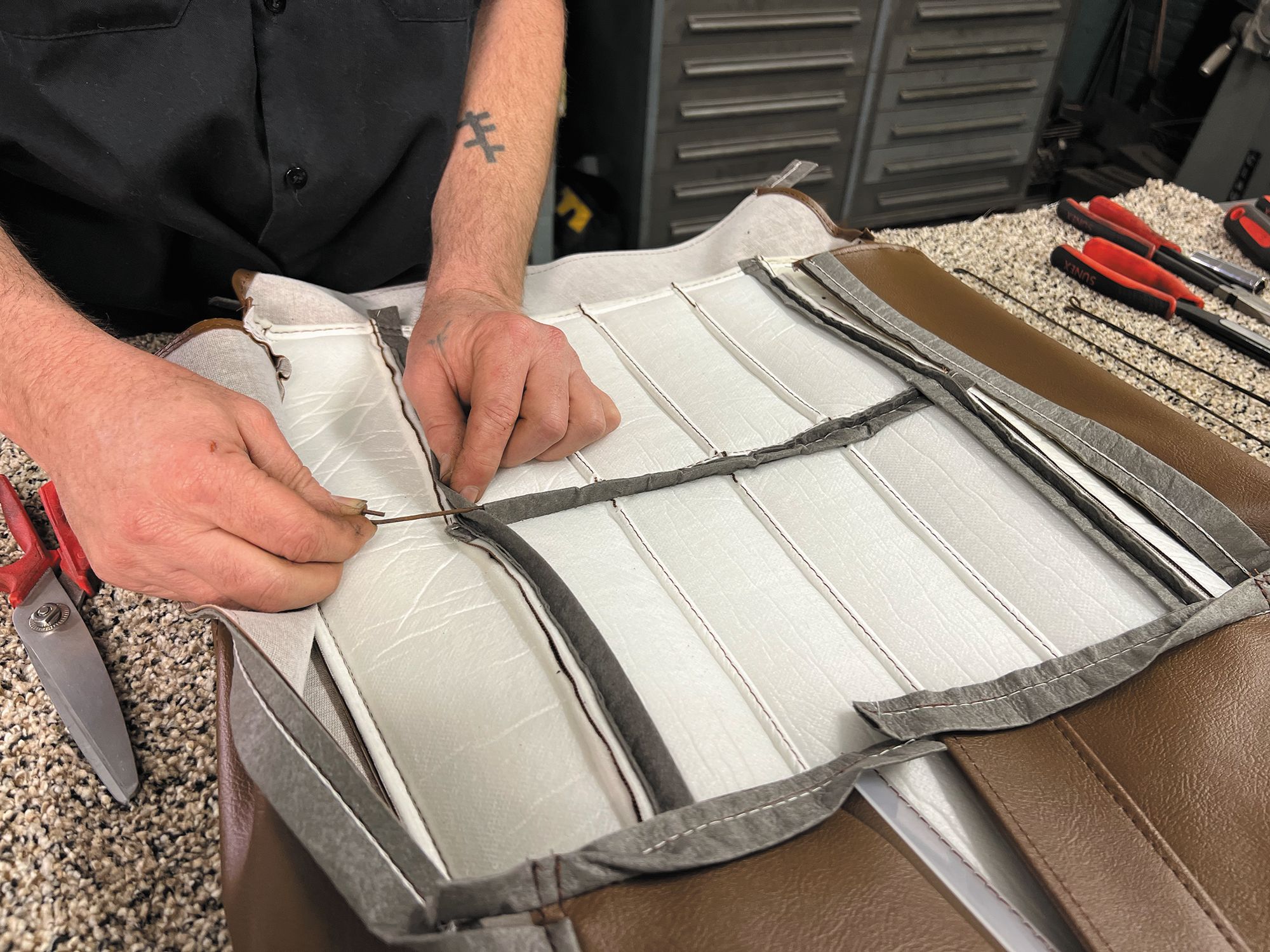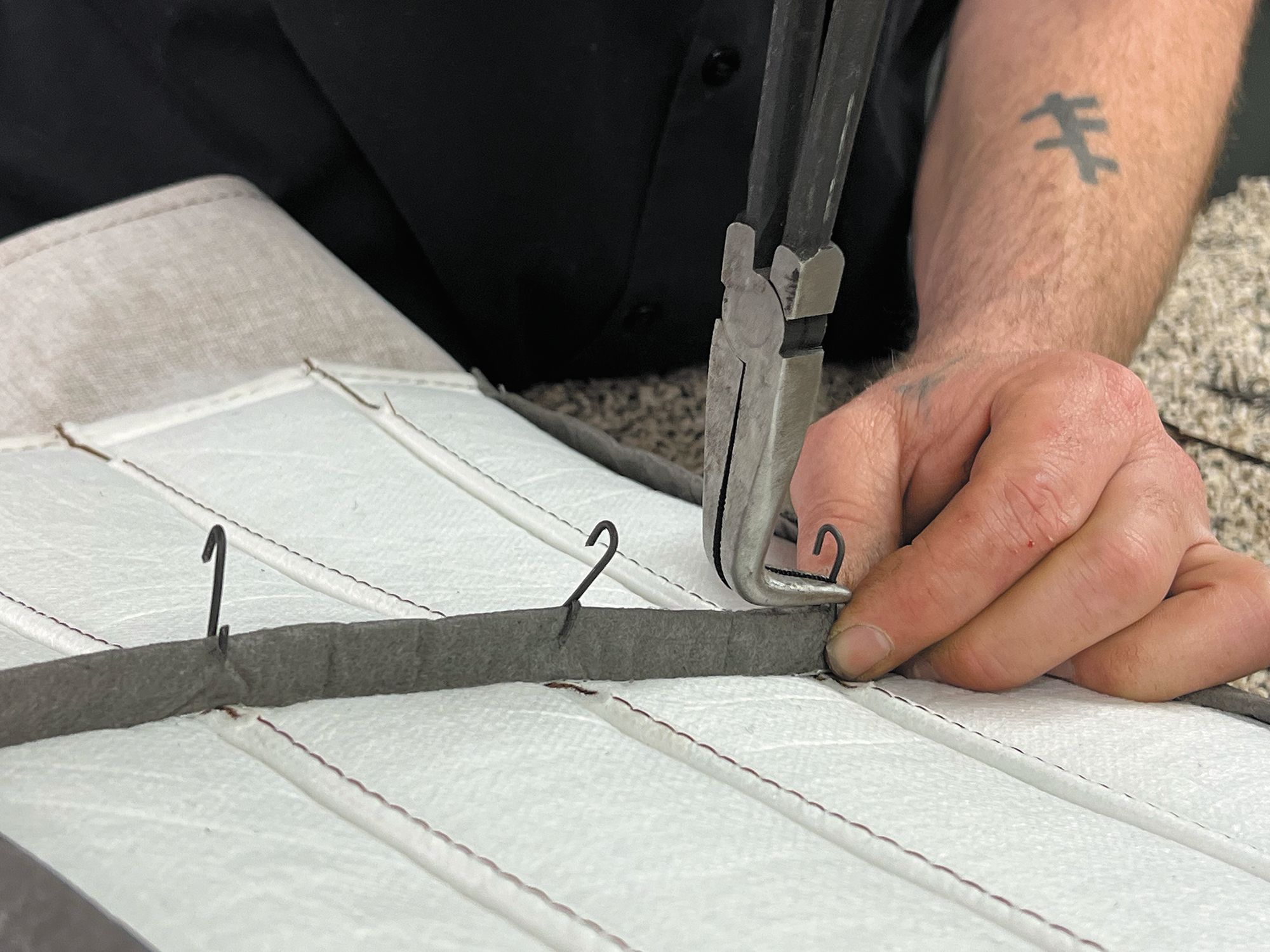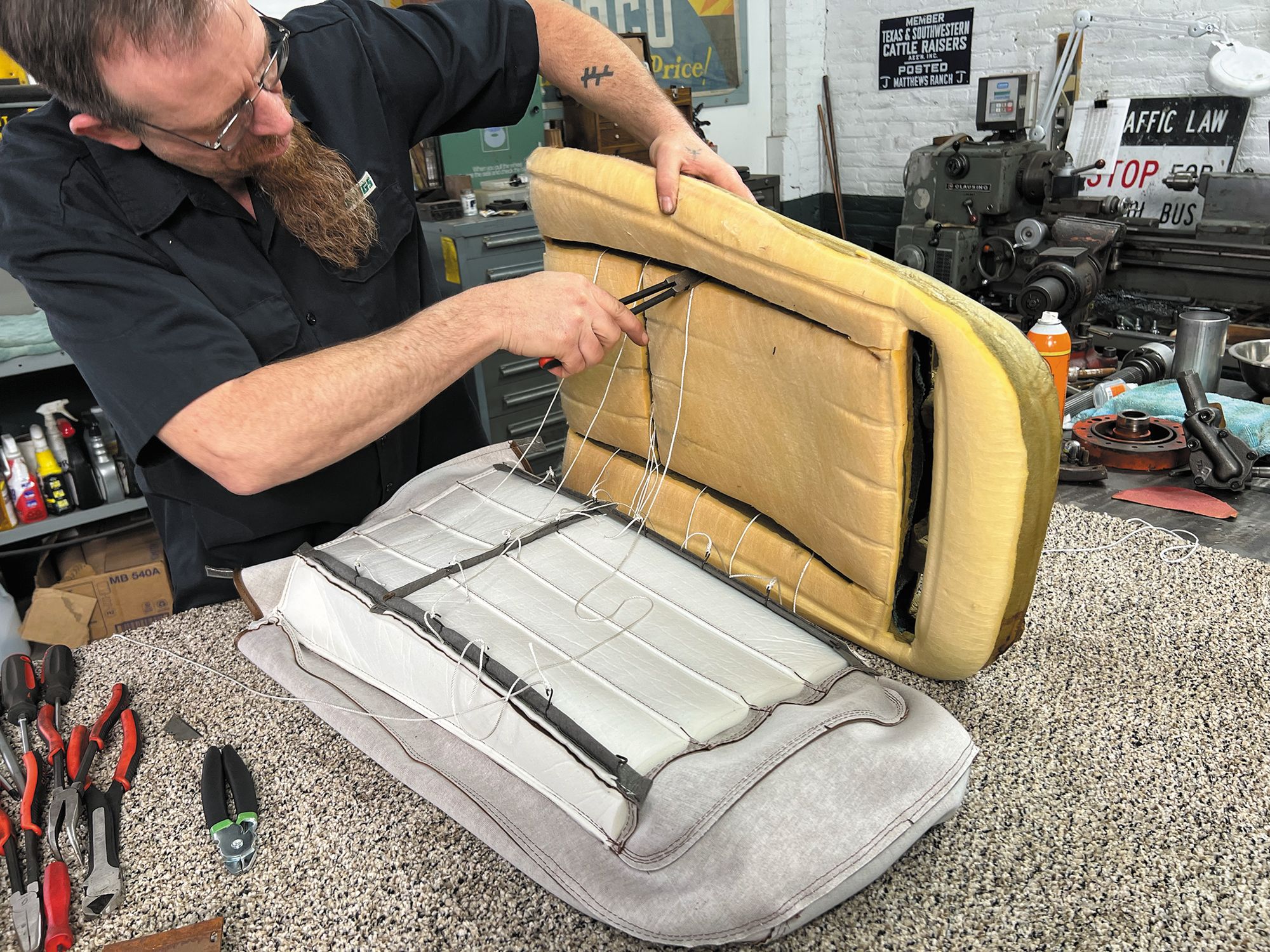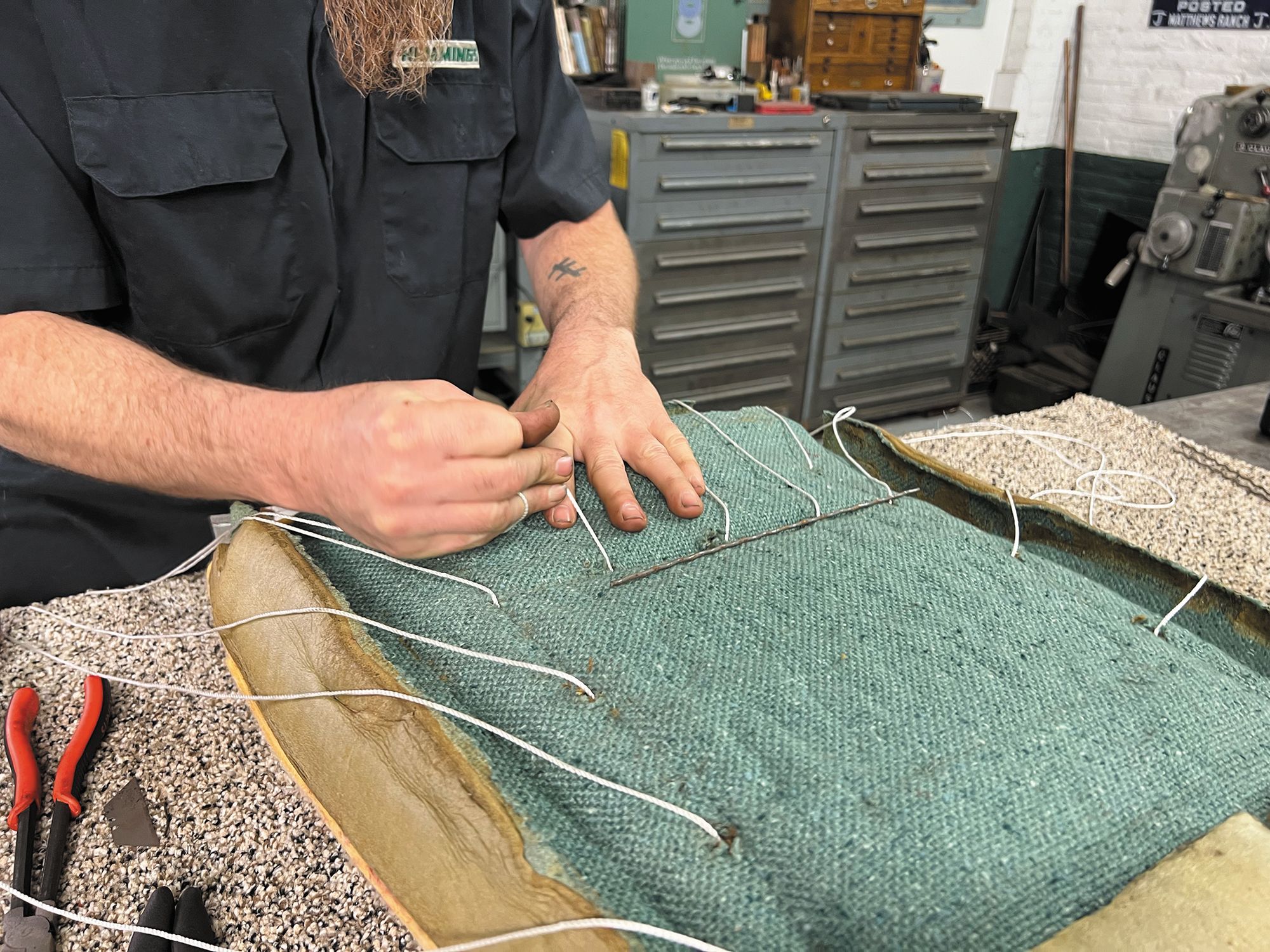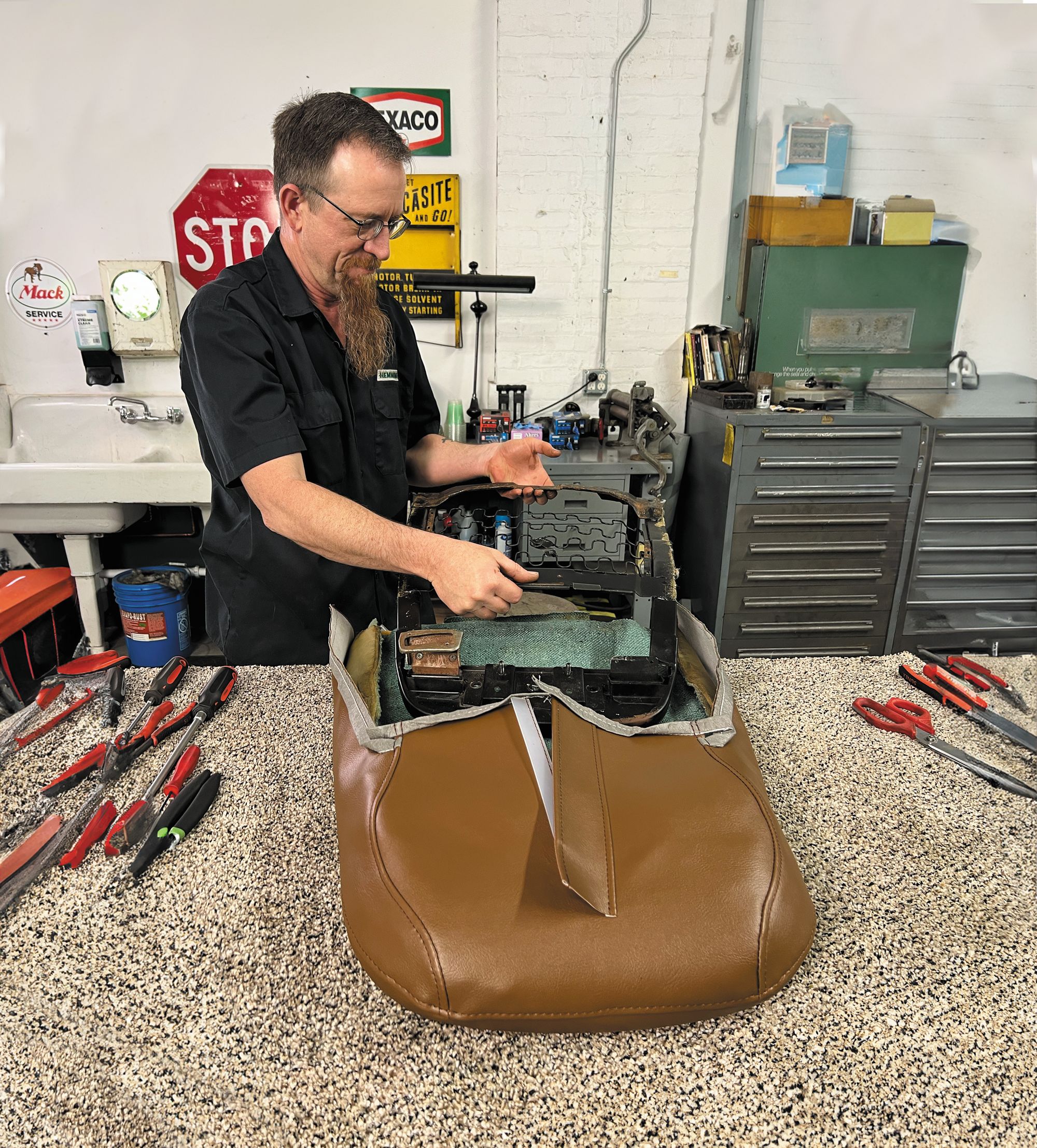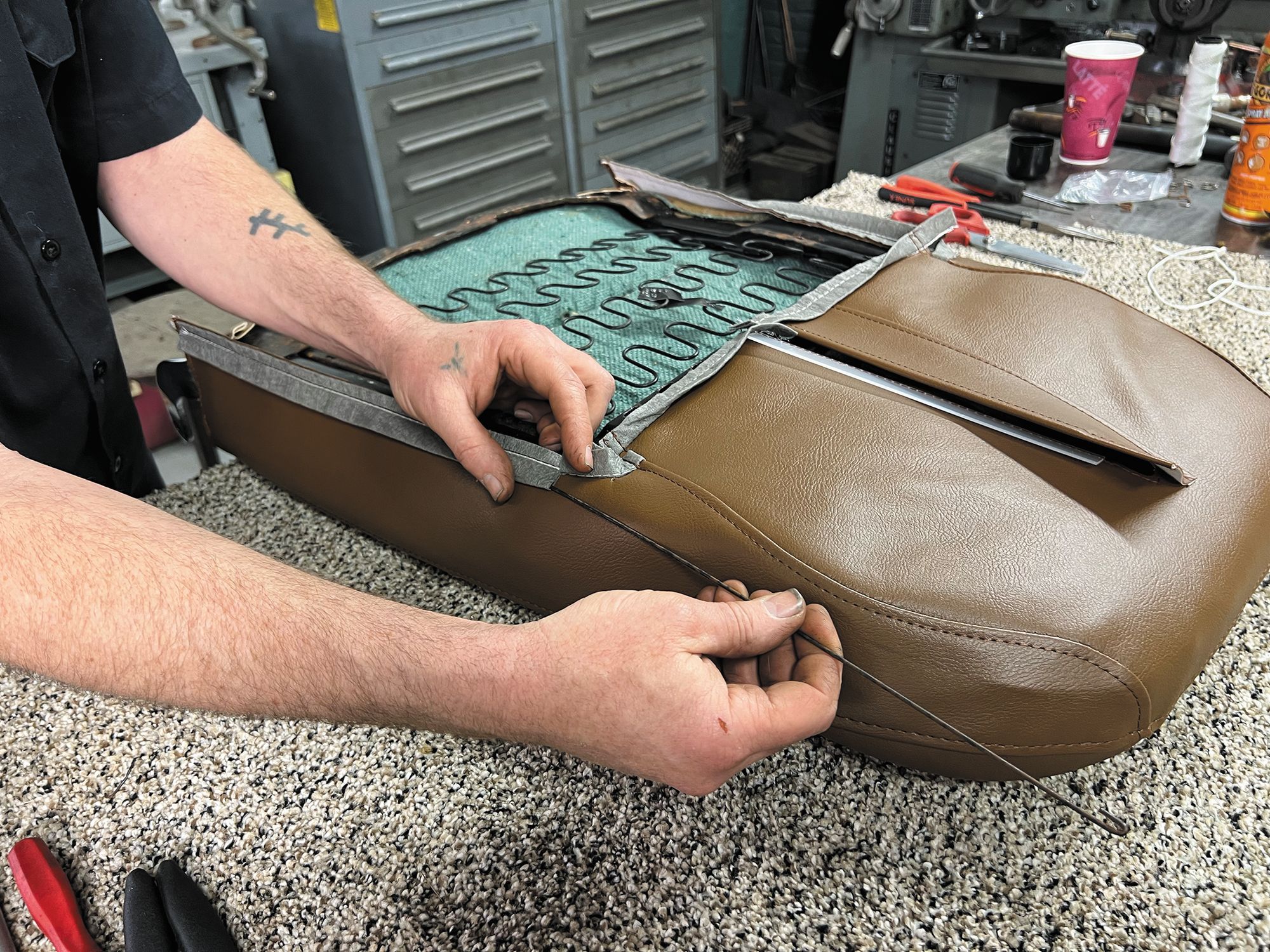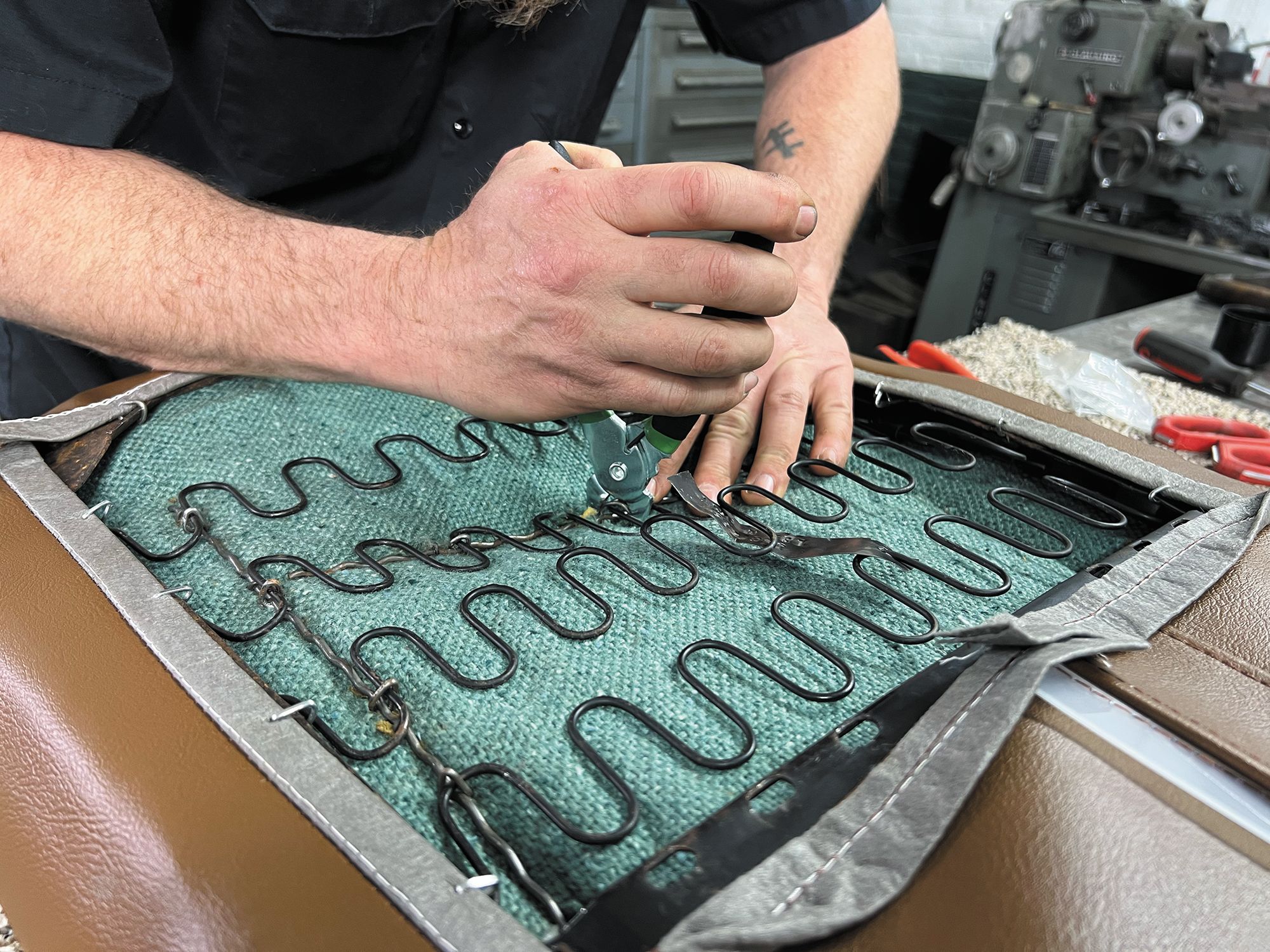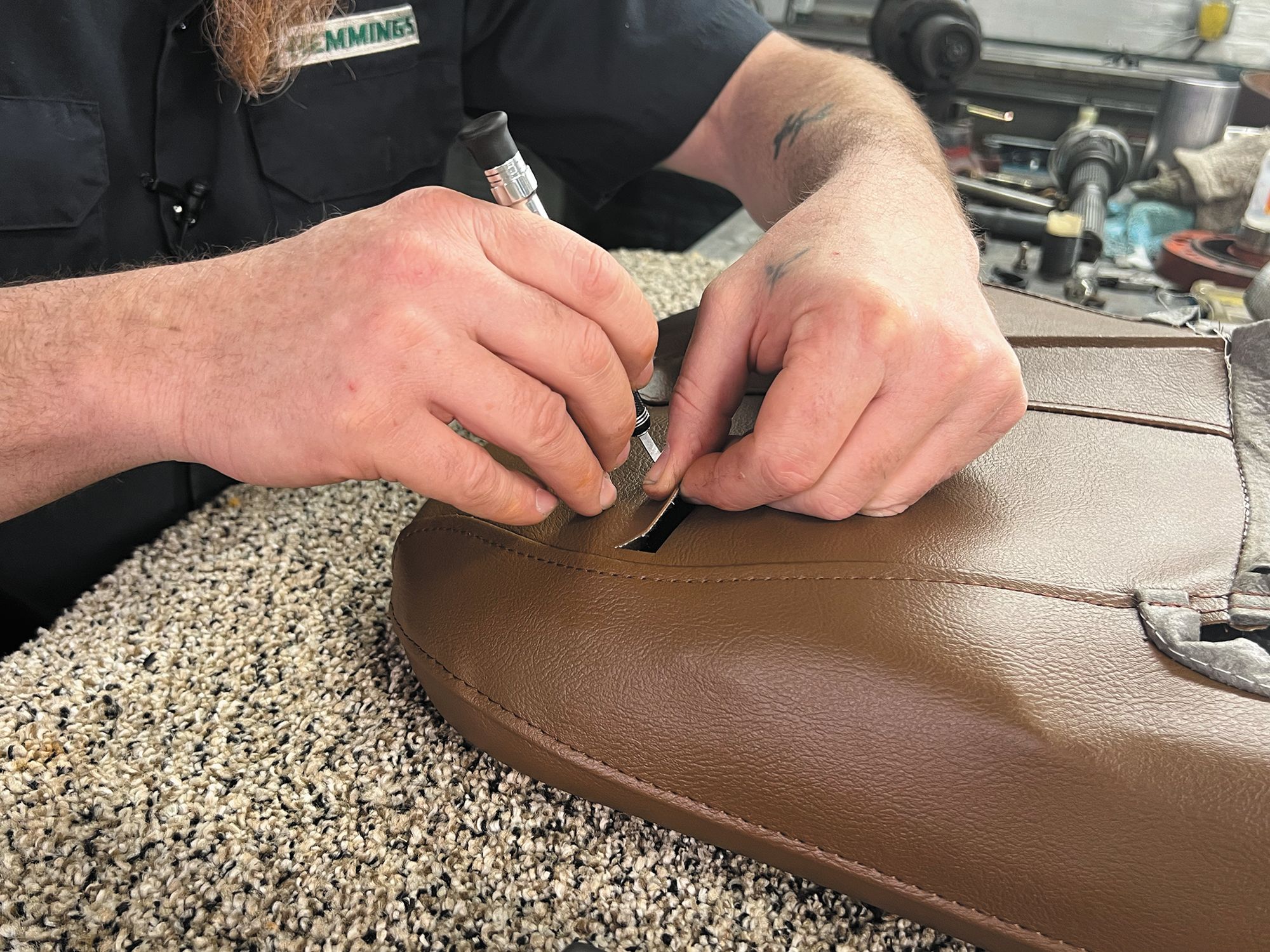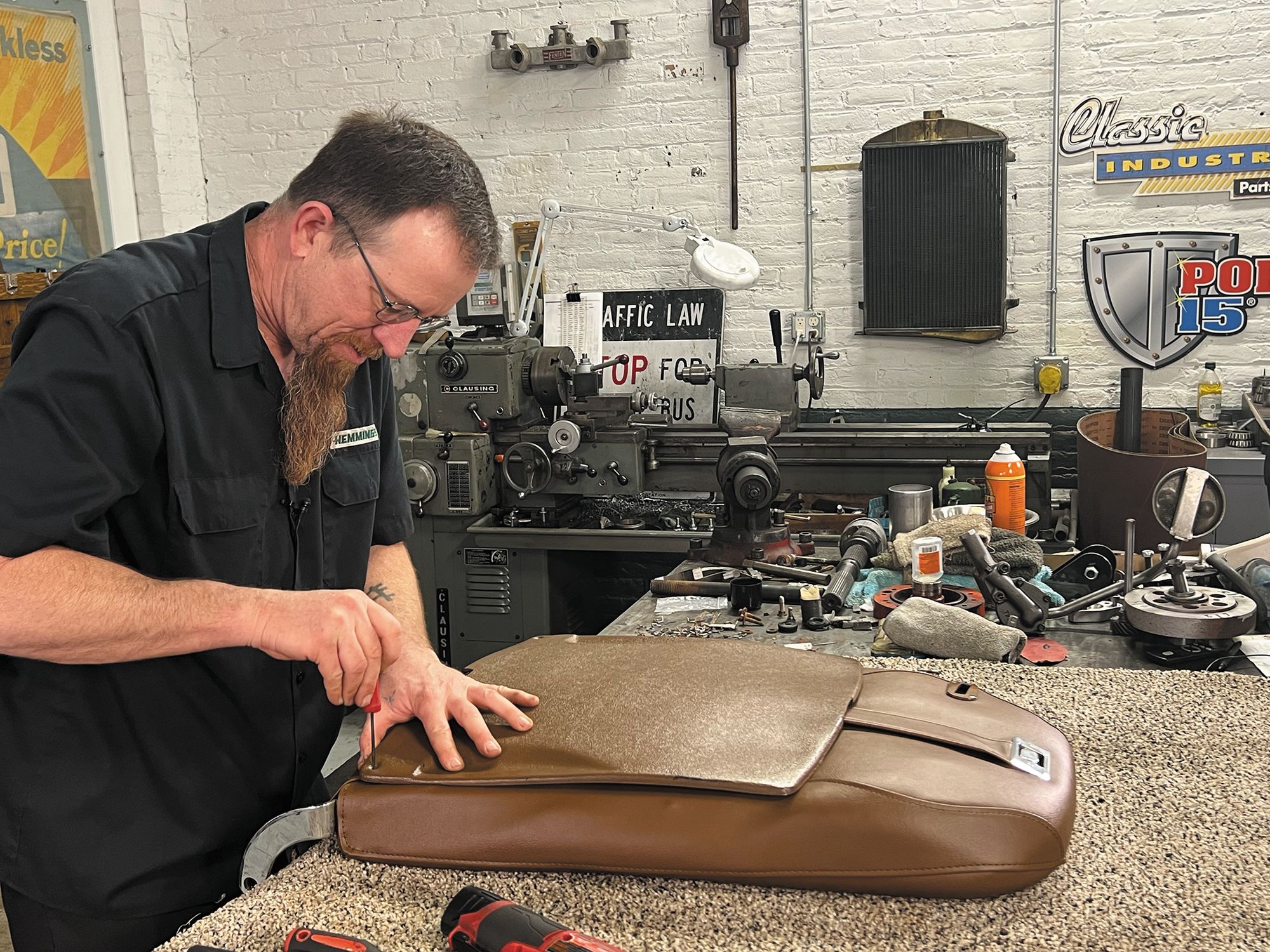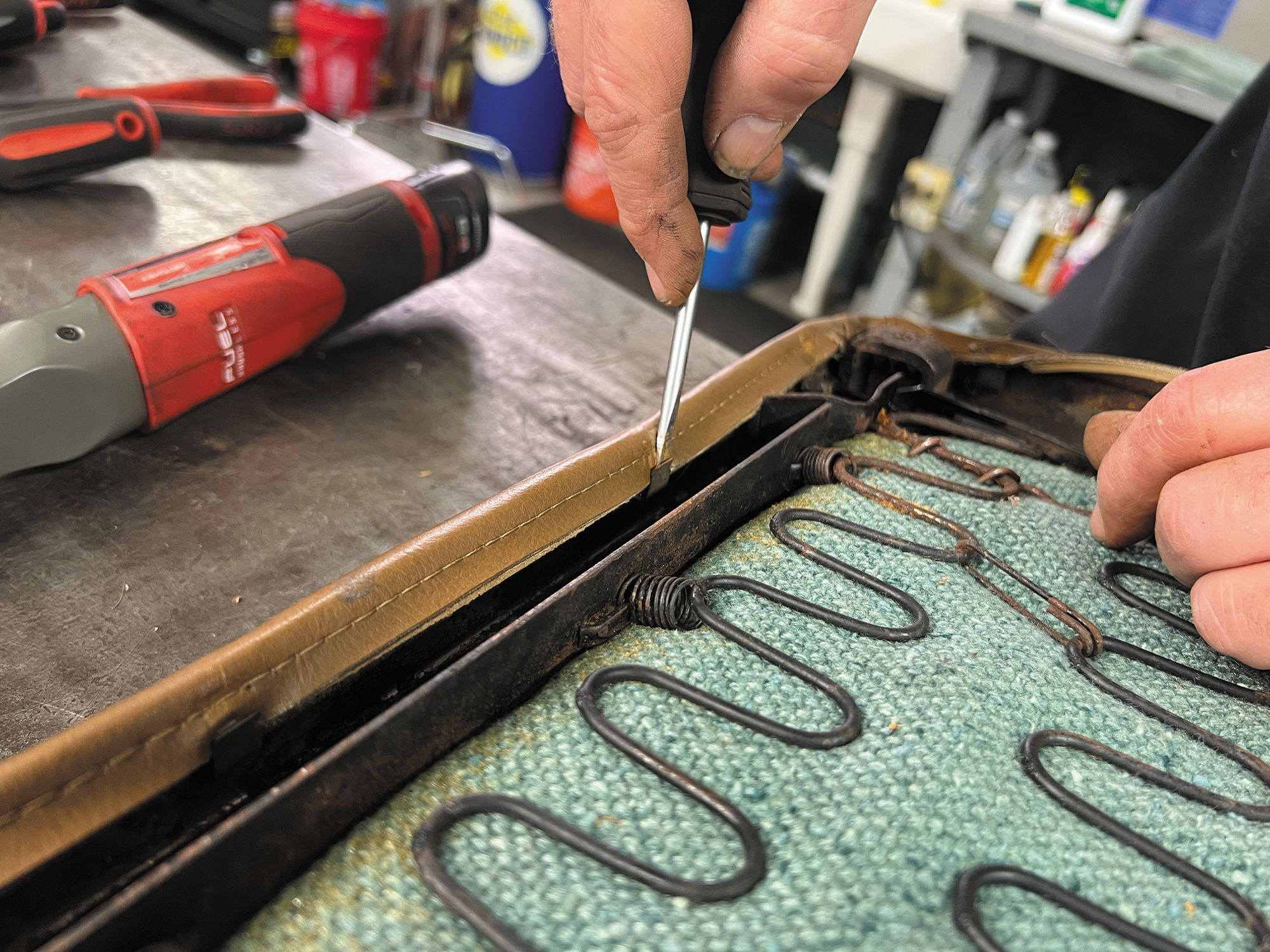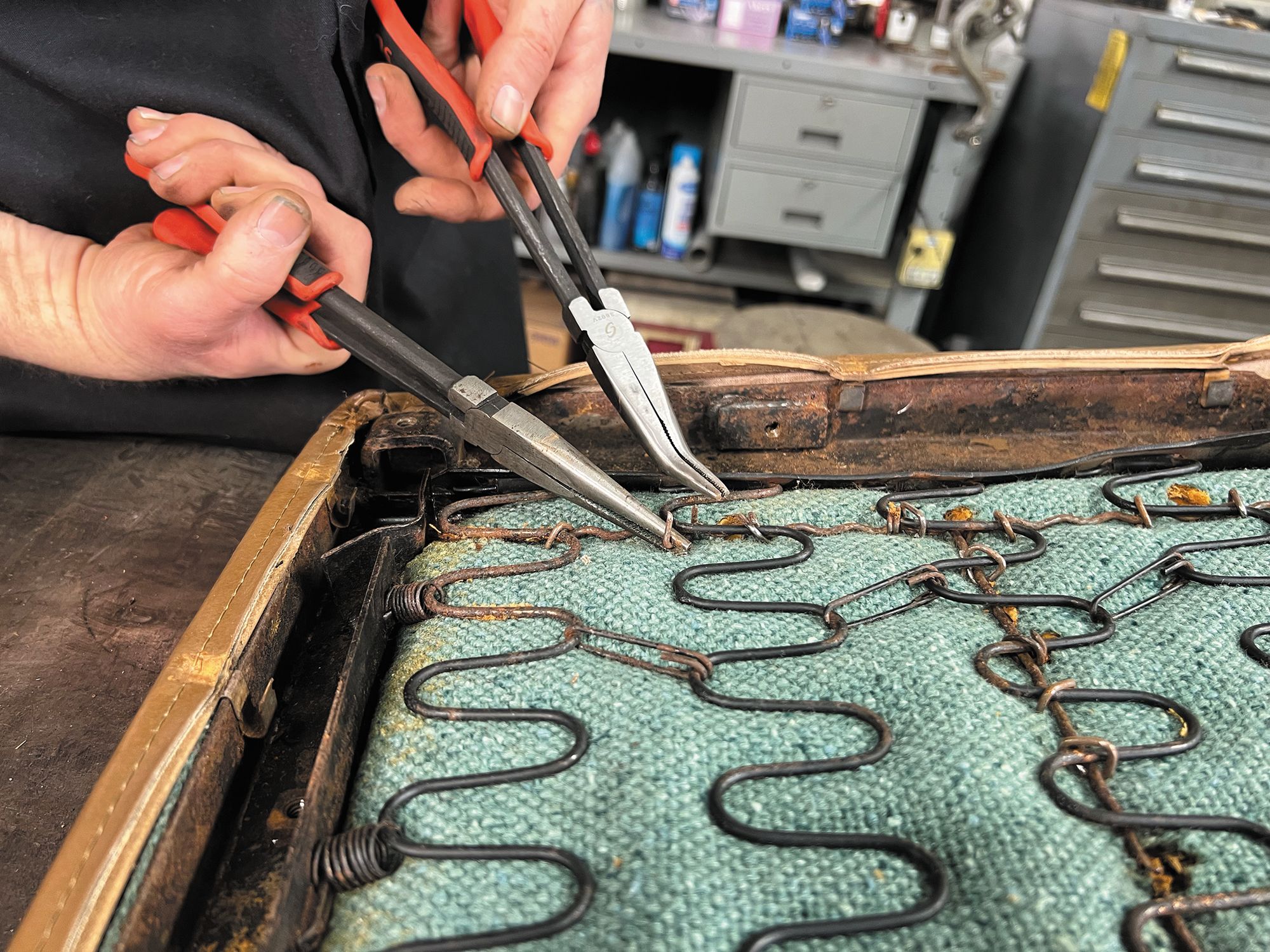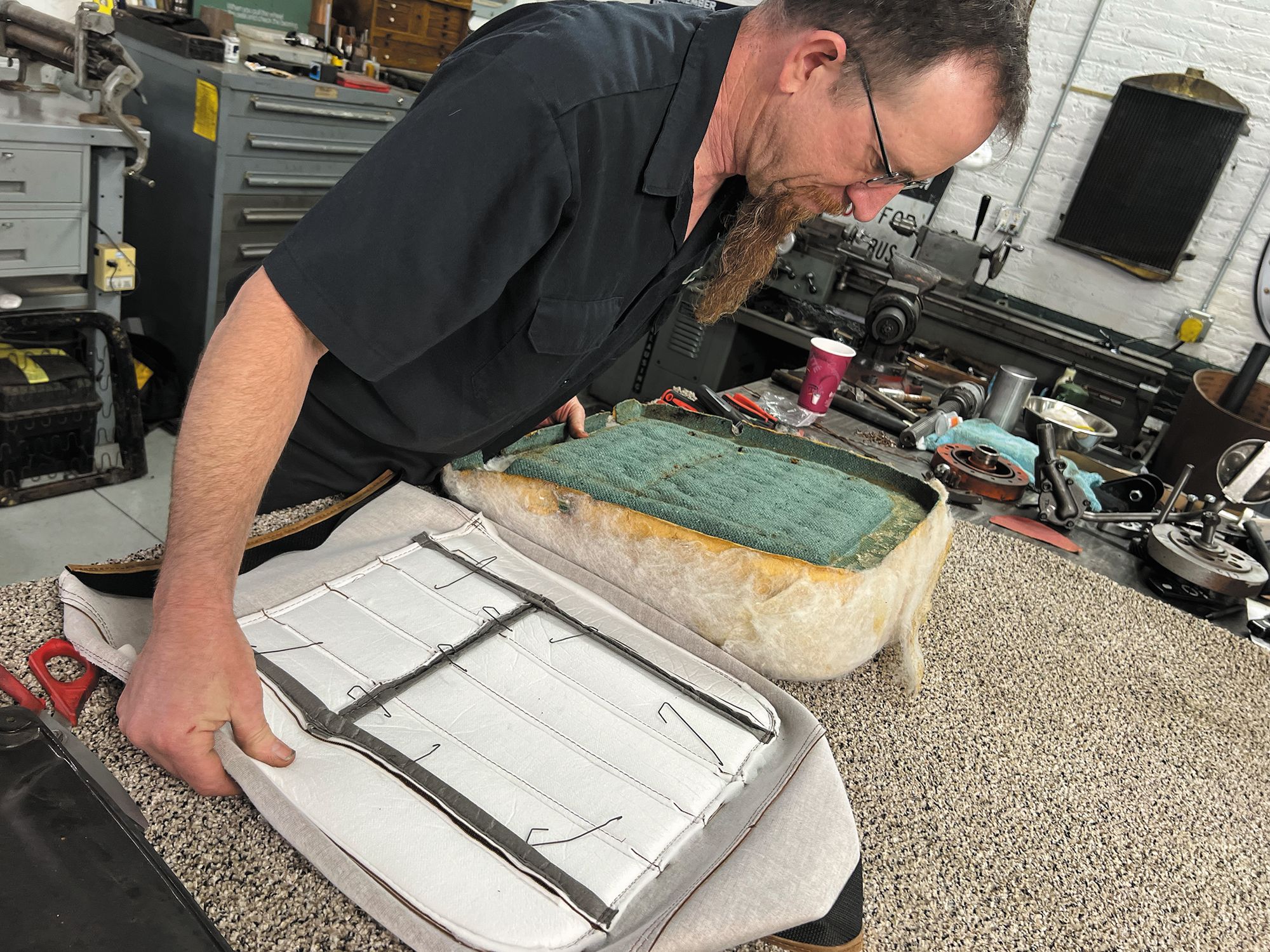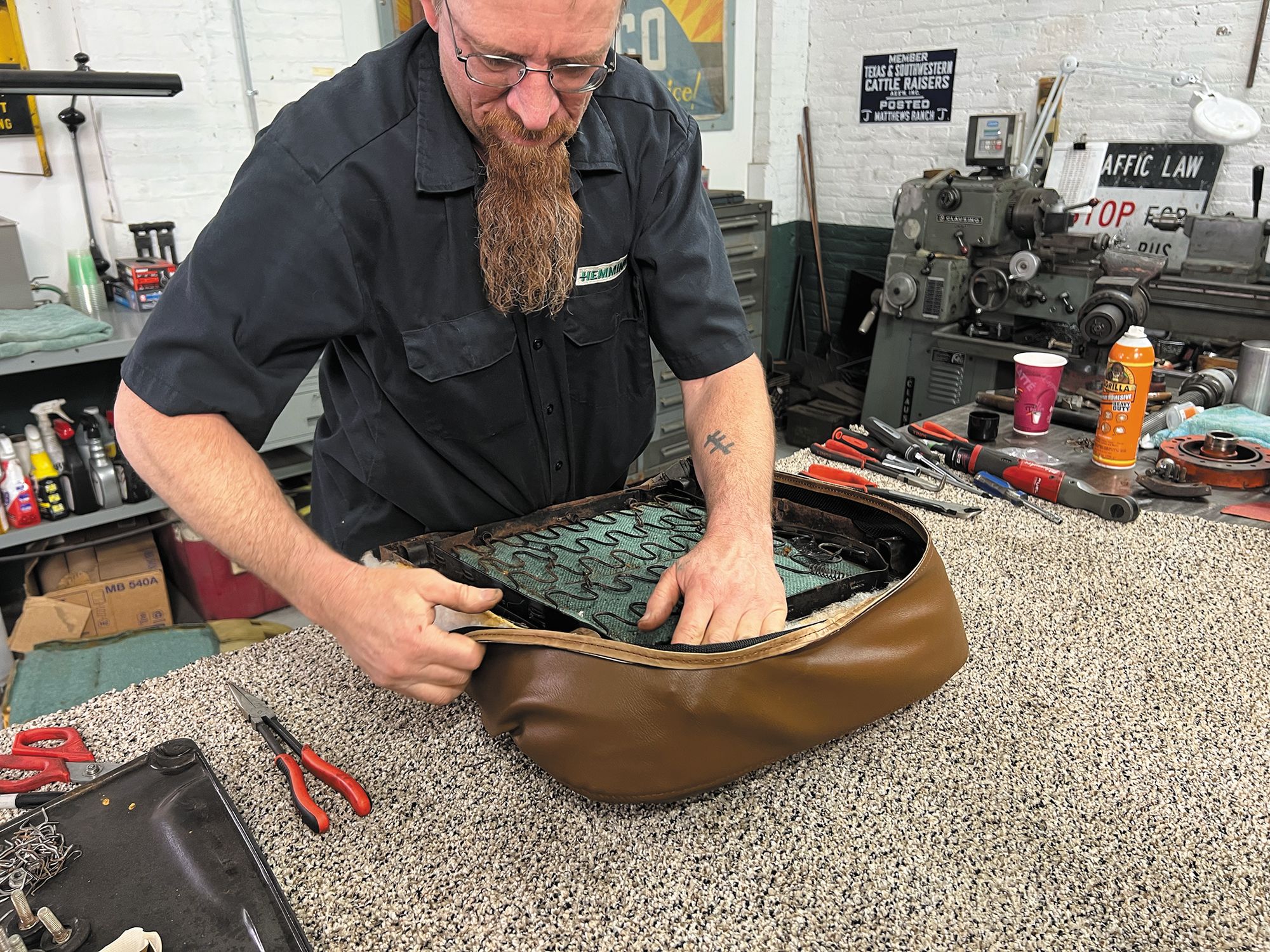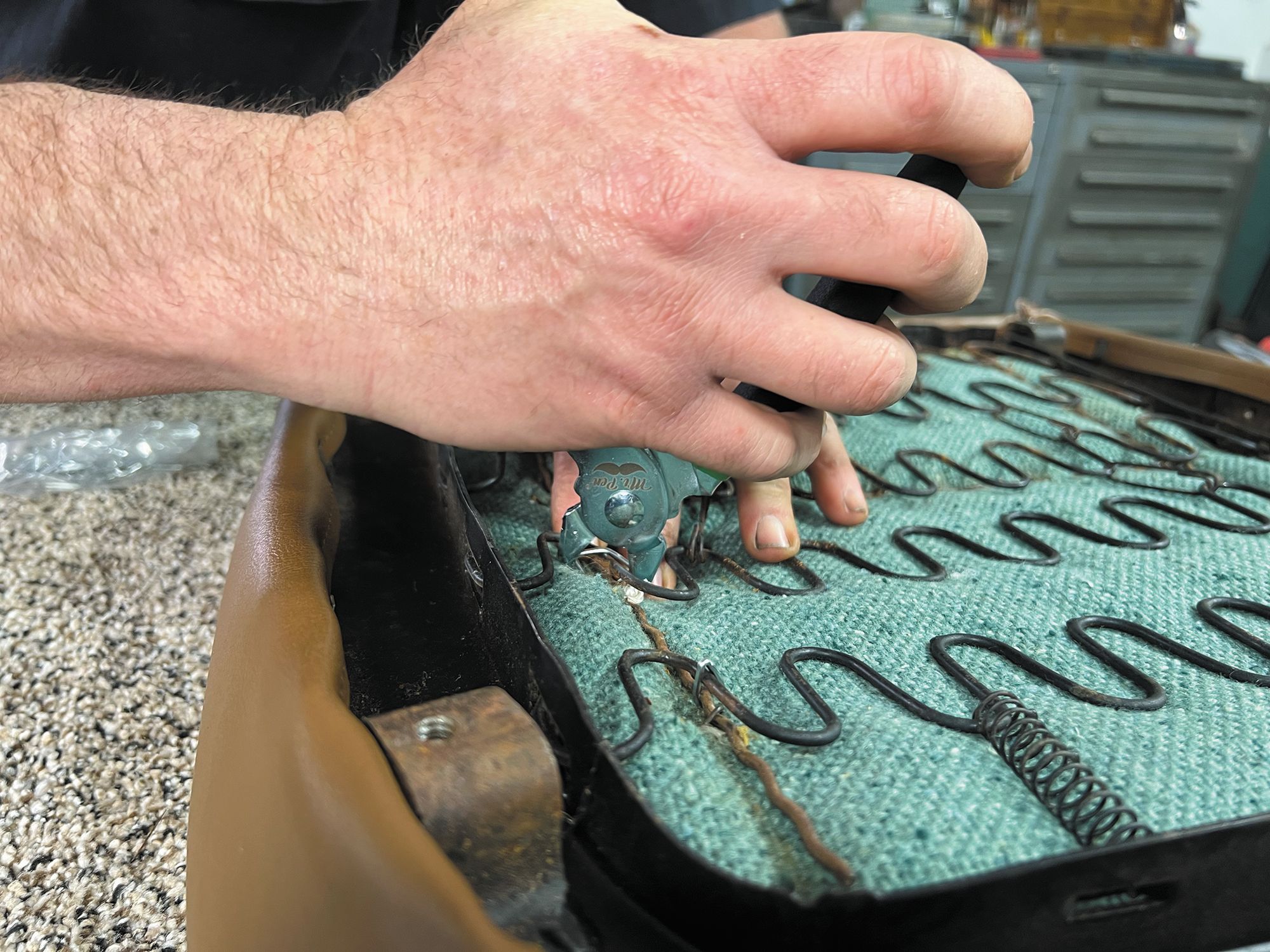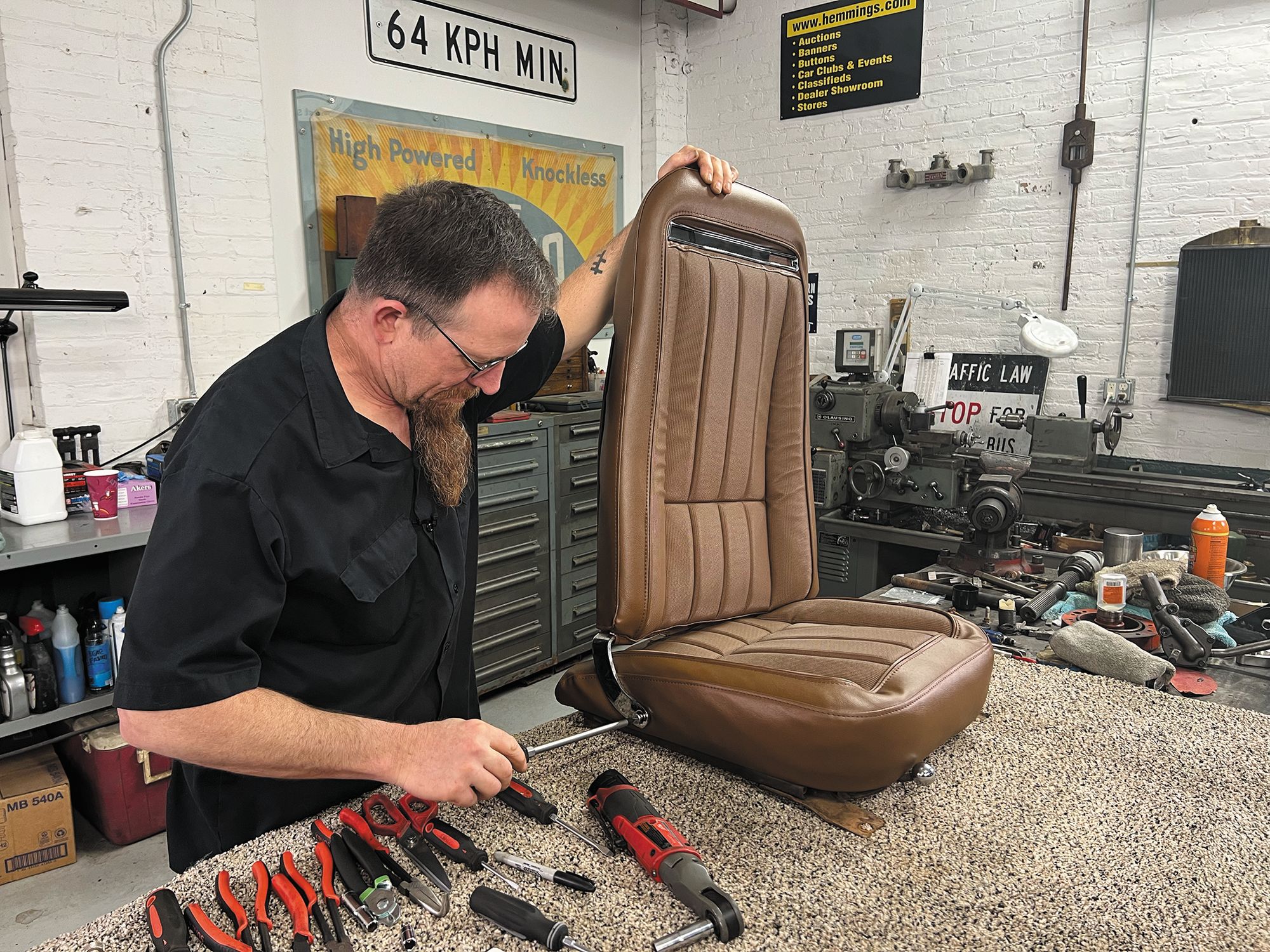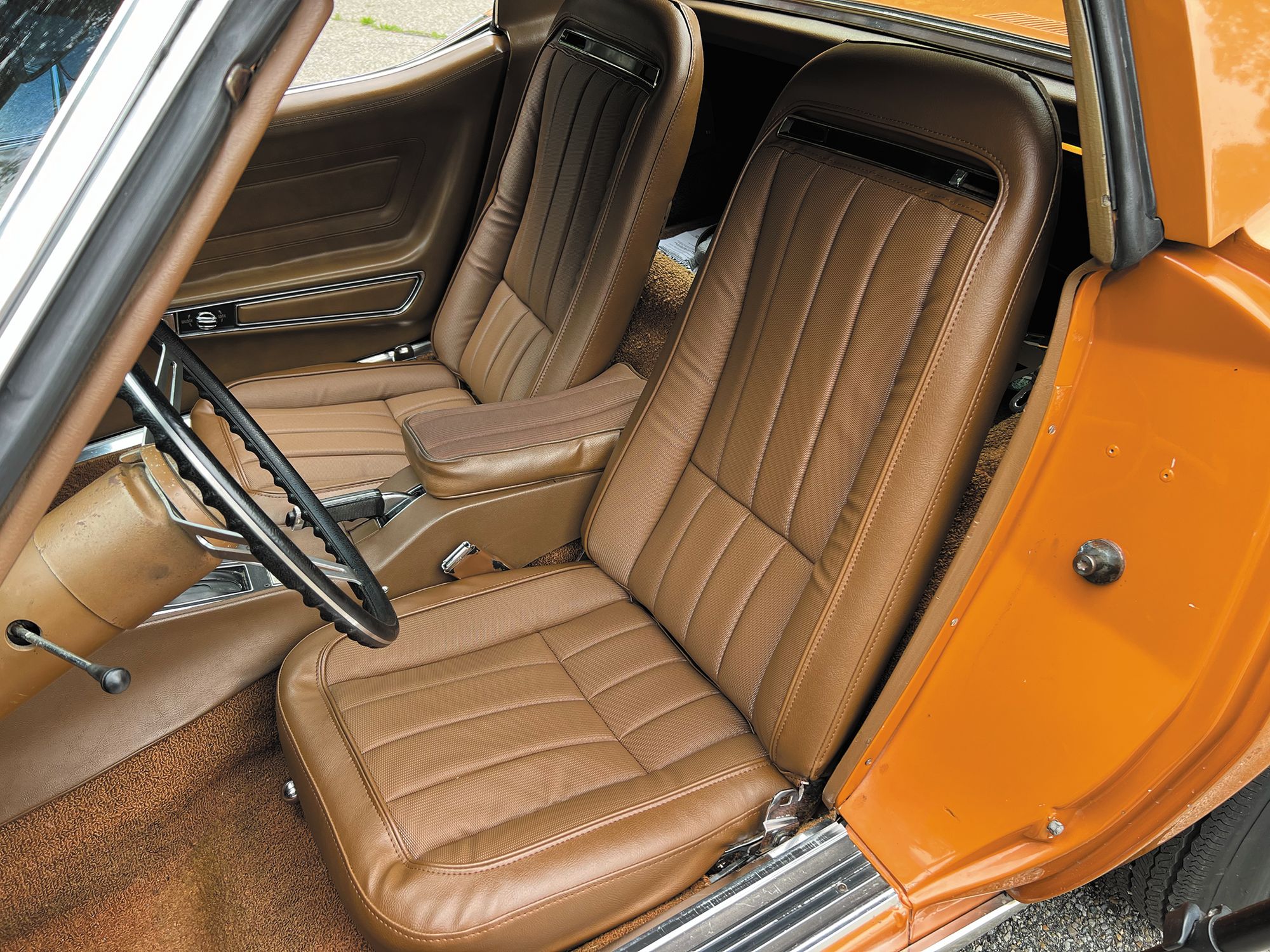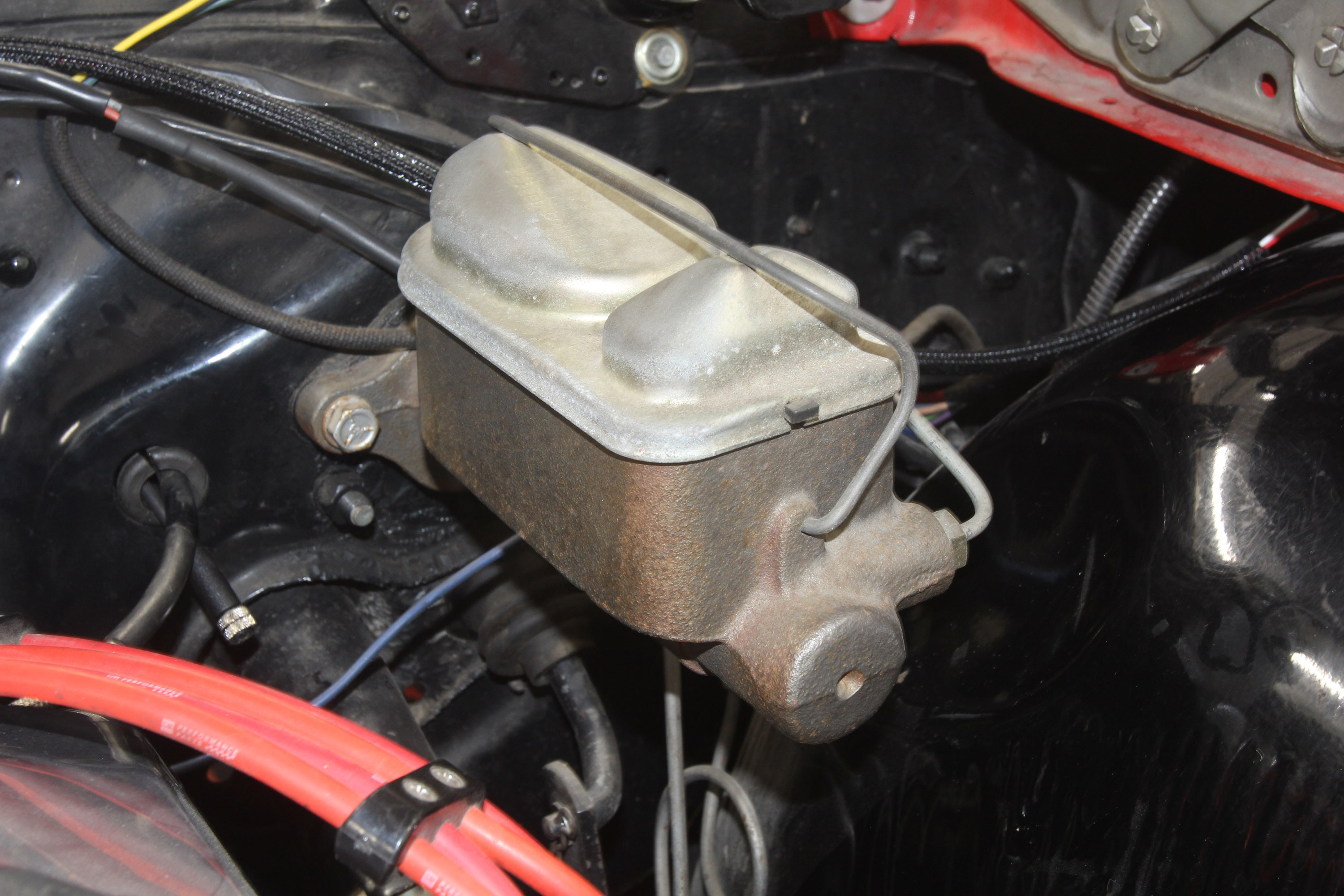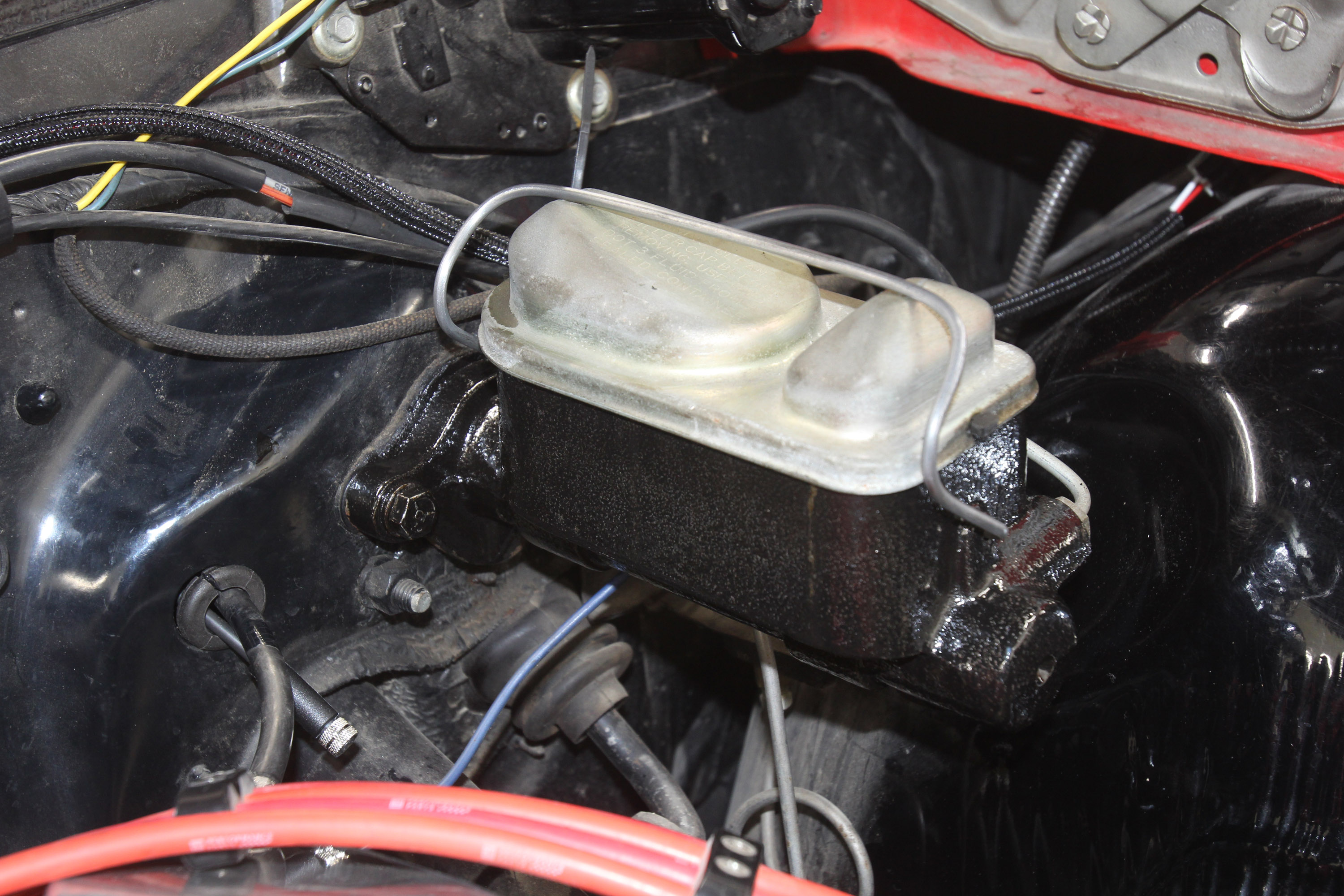Change is coming to the legendary Willow Springs International Raceway. Following its acquisition in April 2025 by a partnership between CrossHarbor Capital Partners and Singer Vehicle Design, America’s oldest permanent road course is undergoing a major revitalization. While preserving its historic charm, the new ownership has already rolled out significant upgrades to two key circuits: the Streets of Willow and the kart track.
This is the beginning of a multi-phase effort to enhance safety and the overall experience for racers and enthusiasts alike. Here’s everything you need to know about the latest updates.
Streets of Willow gets a serious refresh
The beloved 1.8-mile road course, Streets of Willow, has received the most notable changes. The updates were designed to improve track safety and create a more challenging layout.
- Fresh asphalt and curbs: The entire circuit has been repaved with new asphalt, replacing the old, cracked surfaces. This is complemented by new internal and external curbs for a cleaner and more consistent driving line.
- Revised layout: For safety and variety, several layout changes have been implemented.
- New chicanes: Three new chicanes have been added to the layout to manage speeds and add technical complexity. Two optional chicanes are now located between turns 8 and 9.
- Modified pit entry: The old s-curve leading to the skidpad has been replaced by a longer, single, decreasing-radius turn.
- Removed features: To accommodate these changes, the optional chicane between turns 11 and 12 and the crossovers connecting to turns 4 and 6 have been removed.
- Enhanced run-off areas: The perimeter of the course now features more runoff and added gravel, which will help slow down off-track excursions.
The kart track is fully rebuilt
The 0.625-mile kart track was not simply resurfaced—it was completely rebuilt from the ground up. A brand new layer of asphalt has been laid down, ensuring a perfectly smooth surface for go-karts and other small vehicles. Like the Streets of Willow, the track also features new curbing and an updated aesthetic with the raceway’s new green and off-white color scheme.
Upcoming safety and facility improvements
The upgrades announced so far are just the first phase of the raceway’s new era. More improvements are planned for the fall and beyond.
- Increased safety barriers: Additional safety measures are being added, including new tire barriers, Armco guardrail, and air fences.
- Refreshed branding: A new, stylized checkered-flag logo has been introduced, marking the beginning of a full rebranding effort.
- Future amenities: The new ownership group has ambitious long-term plans to transform the facility into a comprehensive motorsports destination. Future developments will include:
- Renovations to all tracks, pits, and paddocks.
- Enhanced food and beverage options.
- A private members’ club hosted by Singer.
- A technology hub for race teams.
- Retail, storage, and restoration facilities for enthusiasts.
Get a first look at “Willow Springs Reimagined”
To celebrate the first round of renovations, Willow Springs is hosting a special public event titled “Willow Springs Reimagined,” on October 11, 2025. The event will feature an exclusive car show, on-track action, and vehicles from the Petersen Automotive Museum and Singer.
“We are excited to preserve the history of Willow Springs while continuing to make improvements that establish it as the premier venue for motorsport enthusiasts of all kinds,” said Sam Byrne, co-founder of CrossHarbor Capital Partners and representative of the Willow Springs ownership group.
“This is just the first phase of our plans for this iconic facility, and we’re excited to show off the work we’ve completed so far at the Willow Springs Reimagined event on October 11,” Byrne said.
What the updates mean for enthusiasts
For decades, Willow Springs has been a beloved institution, revered for its challenging layout and rustic desert atmosphere. While some may feel nostalgic for the old track, the new ownership group, guided by a team of motorsports experts, is committed to preserving its character while ensuring its longevity.
For track day regulars, racers, and fans, the Willow Springs updates are a significant victory. The new ownership has demonstrated a clear commitment to improving safety and preserving the facility’s legacy, all while investing in a world-class experience for the entire motorsports community. The future looks fast, safe, and brighter than ever for “The Fastest Road in the West.”
The post Willow Springs Raceway Reimagined: All the 2025 Updates for the “Fastest Road in the West” appeared first on The Online Automotive Marketplace.

